Pernille Ripp's Blog, page 14
January 15, 2020
Meet our Emergency Stash Cart
A few weeks ago I came across a genius idea from my friend, the incredible Julie Jee. She showed images of a plastic rollaway cart filled with emergency supplies that her students had requested. As Julie so often does, she shared this great idea freely through Twitter and in that sharing, I was inspired. It made perfect sense, after all, I am sure there are things that our students would love access to without having to ask.
So I followed her plan. I asked our students what they wish we would have an emergency stash of, I gave them a few examples. It was a paper survey so that they could speak freely without others knowing what they wanted. Immediately a few things stood out; gum, hair ties, snacks, and menstrual products.
So then, I purchased a cart. Now, one of my resolutions this year is twofold – spend less money on items for my classroom (because I spend way too much of my own money) and also, don’t use Amazon if I can help it (because they don’t need more money). This time I made an exception and ordered this cart, which then arrived rather quickly, I was pretty excited!
Last week, I unveiled the cart. All organized and ready for their usage. I introduced the items in each drawer to every class. We discussed that they should be mindful of usage as I was funding most of the stuff, and that it was to be used for emergencies and not because they felt like snacking their way through class. We also discussed taking care of the things in the cart like the fidgets, as well as continuing to follow school expectations when it comes to eating snacks and such.
So what does it look like and what is in it?
Shelf 1: Gum, mints, and fidget toys to be used in class when needed.
Shelf 2: Band-aids, hand and body lotion, nail scissors, mouthwash, wet wipes, and shower wipes – I will be adding deodorant spray as soon as I get some.
Shelf 3: School supplies – extra pens and pencils, binder clips, paper clips of various sizes, rubberbands, post-its, and also erasers.
Shelf 4: Hair ties, hairspray, a comb (that I wash after use), cottonballs and q-tips, hair pins.
[image error]A close up – I did add a few organizer baskets after this
Shelf 5: Utensils for eating.
Shelf 6: Napkins, ziplock bags, and dryer sheets in case of static.
Shelf 7: Tampons, pads, liners.
Shelf 8 + 9: Granola bars, trail mix, chococalte, and fruit snacks.
Shelf 10: Food, right now Cup of Noodles for those who need lunch.
[image error]
I figured that students would use it a lot the first few days and I was right. Lots of mints, gum, and snacks have been taken. But also the other things have been in need. Now almost a week in, it is quieting down a bit. The students use it when needed, we have re-discussed when to use it after grabbing several snacks at a time became a minor thing, and as always students express their thanks.
But it’s not for them to be grateful more so than they are or for me to feel great about myself. It is for all of our kids to just have one more way to navigate school that may make their day better. An easy idea to give kids what they might need even as we attempt to address all of their needs. I am so grateful to Julie for sharing the idea the first place because her idea is now impacting our students in Oregon, Wisconsin, perhaps me passing it on here will allow it to impact others as well.
If you are wondering where I will be in the coming year or would like to have me speak, please see this page. If you like what you read here, consider reading my latest book, Passionate Readers – The Art of Reaching and Engaging Every Child. This book focuses on the five keys we can implement into any reading community to strengthen student reading experiences, even within the 45 minute English block. If you are looking for solutions and ideas for how to re-engage all of your students consider reading my very first book Passionate Learners – How to Engage and Empower Your Students.
January 9, 2020
What's Important in Your World – A Small Question to Boost Conferring
I have been having small conversations with students. Isn’t that what teaching is in so many ways? Much like we live life in the moments in between the big, we teach in the moments in between the big as well, the big assignment, the best draft, the presentation. We go throughout our day using our voice to connect, our bodies to show our listening, our eyes to show we care. We seek out those moments in between hello’s and goodbye’s to make sure that with us, these kids, our kids, feel seen, challenged, and cared for.
So in thinking about how I could structure more conversation to build trust, I have been starting each reading conference with a simple yet meaningful question. Inspired by Sara Ahmed’s work in Being the Change, after I have asked them how their night was, how their day is going, I then ask, “What is important to you in your world right now?” It took some finessing with the question, in some conversations it flows seamlessly and the students latch onto it and take it in the direction they need it to go. Others ask for clarification which I typically bumble through, but what it shows me each time, is that continued need to connect that drives everything we do in room 203.
That there is still much to be done.
That all of the community we think we have built is still not enough. That each child is still carrying so much within them that ties in with their day, their mood, their thoughts, their actions, their dreams. From the worries about homework as the end of the quarter nears, to friendship issues they are navigating. From coming to terms with sports ending and figuring out what else to use their time on, to not quite knowing what to do with something they know, these kids take that question and allow us one more glimpse into their lives. One more way to build a way for them to trust us with the emotions that are tied into the work we are doing.
Because I can start a conversation asking just about their book.
Because I can start a conversation getting right to the skill.
Because I can start the conversation by asking what they are working on as a reader.
Because I can start the conversations moving into the work as quickly as possible.
But what that will never do is build the kind of trust we need to have with each other when kids tell me how they really want to grow. Why they worry about reading. Why they worry about writing. Why they worry about being in a community where some seemingly don’t understand them. Why they worry about grades, about the future, about the news.
So for now our conferences are taking a little bit longer. So for now, I am not quite sure how the conversation will go. I am not sure when we will get to the work they are doing as readers. But we will and we do.
But before then. Before that.
I get a tiny glimpse into their world and isn’t that what teaching is also about in so many ways? A tiny glimpse so we can help them capture the world the way they want to.
It is for me.
If you are wondering where I will be in the coming year or would like to have me speak, please see this page. If you like what you read here, consider reading my latest book, Passionate Readers – The Art of Reaching and Engaging Every Child. This book focuses on the five keys we can implement into any reading community to strengthen student reading experiences, even within the 45 minute English block. If you are looking for solutions and ideas for how to re-engage all of your students consider reading my very first book Passionate Learners – How to Engage and Empower Your Students.
December 31, 2019
Here's to Life in the Mundane
Seated around the breakfast table with our kids this morning, it was hard to not get wistful for a moment. To take a moment to appreciate the last decade, the wonder of the ten years that have passed, a decade that brought us three more kids through the miracles of medicine. A decade that started with me in my second year of teaching, ready to give up on it all but instead beginning a blog, which led to a book and then three more books, and then to travels around the world trying to be a part of the solution rather than the problem. A decade shaped by new friendships but also lost ones. Of more love, of new wrinkles, of back problems and first world privilege. And a year that was for the most part uneventful in the best of ways, a year that came in quietly and leaves us in a flurry. As the kids made funny jokes, threw mini tantrums, and we celebrated Thea’s 11th birthday, we asked what they loved the most about the last year. What stood out?
A few things were crowd favorites; travels to Costa Rica , Taiwan, and New York, going to school and starting new classes (phew), getting Piglet, our hedgehog after many months of research. All extraordinary events that shaped our year. Events out of the ordinary. Events that we counted down to, saved up for, commemorated in our albums of pictures. And yet, it was in the moments after that my thoughts gathered. The little moments that make our years, the routine and ordinary. The life lived in the mundane that truly shaped this year.
Taking long walks with Brandon as we contemplated our lives and tried to figure out the everyday trials and triumphs of parenting.
Reading books in small moments, whenever the opportunity presented itself.
Text messages received from family and friends. Emails, phone calls, and letters.
A fresh cup of tea awaiting in the kitchen when I came home.
A car with heated seats, finally.
Friday movie nights ensuring us that our love of Star Wars was dutifully passed on.
Bike rides.
Pool time naps.
Quiet work time before the students show up.
Thea trying out a new sense of humor.
Ida discovering her dyslexia super strength.
Oskar making sure to say I love you.
Augustine deciding that school is fun even it is work.
Saying thank you. Saying please. Saying yes.
This is when we lived. These are the moments that have shaped us. That will continue to shape us. All of the everyday decisions and breaths that we take that make up our entirety.
And while 2020 will carry many extraordinary events into our lives; Brandon’s graduation with a degree as a tech ed teacher (need a teacher in your school?), my 40th birthday, travels to Iceland and Puerto Rico, Thea starting middle school, it will be in the mundane that we live. In the moments for small contemplations. In the moments of quiet. Of loud. Of sameness, routine, and commitment. Of embarking on a year of yes and more. Of stretching ourselves to the fullest when we can and retracting when we want to. Of looking up, as Joanna Gaines, reminds me to do, of soaking it all in, of shutting down and tuning in. Commitments to a life best lived not in the magnificent margins but in the everyday extraordinaires.
I am so grateful for 2019, for a life lived in the daily. Perhaps our paths will cross?
December 29, 2019
What Does Student Independent Reading Look Like? A Whole District Audit

For a long time, I felt like an oddity within my reading beliefs: provide students with independent reading time every single day, provide a fully-stocked culturally relevant collection of books, remove all of the reading projects that stood in the way of reading joy, focus on reading identity at all turns. But then I discovered others who shared those same beliefs, who had held those beliefs long before I had reached them, who had pioneered the work spreading the word around the globe. The relief and power that finding others provided is one that cannot be underestimated. The strength that comes with working for a district that shares these beliefs is a blessing.
And yet, I know there are many others that have felt and do feel like the oddities in their school. Who constantly have to defend why self-selected independent reading is a cornerstone of their work. Who have to explain why they continue to spend their own money, ask for money, write grants and do anything they can to purchase more books. Who spend so much time trying to keep up with new books, who weed and discard books that do not have a place in their collection. Who feel alone but might not be.
An incredible honor for me is when I am asked to work with a district or school who is on a journey of trying to reach their readers in a more significant way. Who knows they have work to do and who are ready to take the next step. Who are not afraid to reflect and change even when change is hard. When I am asked to do this work, I always have many questions; what does reading look like now? Which experiences are each reader guaranteed as they go through their journey? What are the rights of your readers when it comes to book choice, independent reading, and reading identity? These questions lead to many discussions, many aha moments, and provide a road map for change. Much like we need to give students the space to create their rights a readers within our community, we need to also create our expectations and rights as a district. What are the experiences that each reader is guaranteed at each level of their schooling beyond the curriculum we use? How can we then make curricular and business (because let’s face it part of schools’ direction is determined by the business aspect) decisions that protect and further these rights? How can we offer training and funding to support these rights? Hw can we invite the community into this conversation? How can we embrace antiracist principles and establish an emphasis on the individual’s rights and needs?
In the spirit of this pursuit, I offer up several questions that should be asked at a district level or at the very least, school level, in order for student reading rights to be protected. After all, if our goal is for students to leave our care not only being able to read well but also find an inherent human value within reading then we need to create experiences that safeguard that.
So please start asking…
How much time is each child guaranteed for self-selected independent reading time each day?
Too often we see independent reading get cut due to fewer instructional minutes, particularly as students get older and we bring in more whole class novels or book clubs. We also see it limited for students who are in intervention or have other needs. Yet, if students are not offered up time to independently ready every single day, how can we then support them in their reading?
What are students “allowed” to read?
While the answer should be “anything they want” this is often not the case as choice is often limited due to well-meaning intentions. Students who read below grade level are often given the least amount of choices, in order to help them have more successful reading experiences, yet within the helpful intent of that we can end up doing real damage. Can you imagine always being told what to read and never being able to work through a book of your choosing? What we should be focusing our energy on is how to help students navigate the choices they make as well as develop better book selection habits.
Where and how can students access books?
A well-developed school library with a librarian should be a right for every child, as should a well-stocked culturally relevant classroom collection curated by a teacher who reads. We need books to entice every reader at all turns, so asking this question can open up discussions of inequitable access, culturally insensitive books, gaps in collections, as well as the need for teachers who teach reading to be readers themselves. How is funding appropriated for books? How are collections developed? How are books placed in the hands of kids?
What are students expected to do once they finish a book?
So often, and in my own experiences, we have a lot of work lined up for kids once they finish a book all in the name of accountability. Whether it be forced book talks, book reports, summaries or readers’ responses, reading logs or other tools that involve counting minutes and needing signatures, or having to take a quiz on a computer, we are so busy policing the experience of reading that we forget to look at what we, as adults, want to do when we read a book. These accountability practices can do a lot of damage, particularly if students are exposed and expected to do them year after year. By asking this question, we can start to look at long-term experiences and how that may be impacting reading identity throughout our years together.
What does reading “homework” look like?
While currently in my own classroom, students are expected to try to read at least 2 hours outside of English class every week, this is not how it used to be. I had packets and worksheets lined up for their reading, as well as small summaries, and book talks with friendly adults who had not read the book. This question goes hand in hand with the previous one as it looks at the components we attach to reading, as well as potential inequities within our practices. What are we tying in with the homework being completed or not? Not all kids are in a position to read outside of school, not all kids have access to what they need or are in a place in their journey where they see enough value to dedicate outside class time to reading.
Who are kids expected to read?
While this is a question that speaks to a much larger issue surrounding the canon and who we, as educators, constantly expose students to as literary masterminds, it is also important that we locally audit across grade levels to see who is being shared and more importantly who isn’t. Often we base our read alouds, book clubs, and text selections on our own favorites with little thought to what has come before and what will come after for our students, but since publishing skews heavily white, cisgendered, and heteronormative, this tends to become the reading experience for many students as well, particularly those within white majority districts or taught by mostly white educators. Diving into this questions can and should fundamentally change the canon we present to students year after year.
While there are many other questions to ask, the few shared here will offer up a path way to further investigation into the reading practices embedded within a district. It is definitely a conversation that is needed and should be pursued on an ongoing basis. After all, if we don’t ask the questions and reflect on the journey we place students on, how will we ever change?
If you are wondering where I will be in the coming year or would like to have me speak, please see this page. If you like what you read here, consider reading my latest book, Passionate Readers – The Art of Reaching and Engaging Every Child. This book focuses on the five keys we can implement into any reading community to strengthen student reading experiences, even within the 45 minute English block. If you are looking for solutions and ideas for how to re-engage all of your students consider reading my very first book Passionate Learners – How to Engage and Empower Your Students.
December 27, 2019
Re-thinking Our Learning to Infuse More Joy and Choice
One of many things I love when on break is the chance to simply reconnect with amazing people, and when said amazing people are fellow educators, you can bet that it doesn’t take long for the conversation to turn to how to make the educational experience better for all kids.
After dinner, I was left thinking about how often we get so caught up in all that we need to do that so many of those grand ideas, the ideals we dreamt up this summer or whenever we have room to be inspired seem to be forgotten as the year starts and the pressure resumes. That while we implement many things, tweak many others, there are many notions and ideas that simply don’t happen. And who can blame us? There are so many days that I am just keeping my head afloat trying to stay a few steps ahead of the students in order to create and sustain relevant educational experiences.
Last night, the conversation turned to joy and play. How little there seems to be purposefully implemented throughout especially older students’ daily routines in school. How the minute they come to us in the upper years there are few opportunities for infusing joy and allowing more creative approaches to learning. And while both of those concepts are foundations of learning I hold dear, I also look back at my own curricular choices for the year and see how easily those two tenets of learning get siphoned away as I feel the need to do more, dig deeper, and make sure that the learning is “serious.” However, the siphoning itself relies on a untruth – joy and creative choice does not equate easier learning and is serious business, in fact, often purposefully creating moments for joy and creative choice requires a broader commitment and self-reliance within the learning happening. So with this in mind, I have done some restructuring of a few upcoming units and also rededicated efforts in other places, so what might that look like coming up in room 203?
The main questions I focused on in my reflection is: how might this spark joy and engagement and how do students have creative choice?
Re-committing to picture books. I usually read a lot of picture books aloud to my 7th graders and also use them in a variety of ways throughout our curriculum and yet, this year, I feel like with the busyness of it all, picture books have been less of a central tenet to us. It’s time to change that. In a little more than a week we kick off our Mock Caldecott unit for the year, a two week investigation into twelve incredible picture books for the year that will lead into a persuasive speech in which students will try to sway others to their choice of winner of the Caldecott. Reading picture books together is something that we already see as joyful and doing it in small groups will hopefully bolster that. Creative choice comes in how students want to persuade their peers – how will they deliver a message that is persuasive in nature and which tools will they use?
Bringing back our immersion project. Two years ago, I did an extended genius hour project in which students got to pick something to learn for themselves in order to teach others about it through a mini-lesson. This consisted of identifying an area to immerse themselves in and then spending time figuring out how to create an enticing lesson for others to learn from them. The topics were broad: How to do a card trick properly, what integration methods are necessary to integrate any function and how are they used, how do you play guitar and so on? These were all catered to student interests and were very broad on purpose. We then infused note-taking skills, how to find sources to teach them how to do the skills, and how to engage an audience in order to help them understand a concept, as well as created a speech rubric in order to practice public speaking. This year, I will finetune it with a few more scaffolds for those who are not sure what they would like to teach, as well as opportunities to tandem-research. This project sparked a lot of joy the first time we did it because students got to self-select their learning, immerse themselves into something they found relevant, as well as show off their knowledge in a fun way. There was a lot of natural choice embedded throughout.
Re-thinking our TED talk unit. Every year, the students get an opportunity to create a TED talk on a chosen topic and then give it to the class, and while the unit itself is solid, I want to spend more time helping students choose topics that they are invested in already. This year many of our students have expressed a deep interest and commitment to social justice work, as well as the overlooked history we have explored. This will, therefore, be my starting point in reminding students of what they already know and which questions they may have to push their thinking further. So often we push students into new learning without realizing how much work it is to research and then synthesize and process all of the information into a brilliant short speech. With the re-introduction of our immersion project, I want to implement more time for students to dive into their identity and what they are already interested in so that their TED talk work can be more focused on filling in knowledge gaps, rather than starting all over with research. This will also be an opportunity to jump into persuasion, how advertisement plays on our biases, and how we are influenced by social media. Choice plays into topic, as well as the angle they want to take in their talk.
Asking for more student input and taking the proper time for it. In the Enriched English class I teach, we have 6 vocabulary lessons consisting of 25 vocabulary words each that we need to somehow process, understand, and implement into our vocabulary. While I have gamified it in the past and also allowed for choice in how students show mastery, I have never really loved what we did. The words seem like a chore no matter how I spin it This year, I plan on showing students the vocabulary and then having them come up with opportunities for how we can learn it together. While there will undoubtedly be traditional methods for students to choose from such as rote memorization with a quiz, I also want to give them the opportunity to come up with other methods for learning that they will be able to choose from as we move into the vocabulary. While I already try to get as much student input as possible, I feel it often gets rushed, so this is a reminder for me to slow down and let it take the time it takes, and this goes for all classes, not just the Enriched English class.
Re-committing to free writing. We have been dabbling with free-writing throughout the year but due to book clubs in December, we changed our process. While students continued to write on their own, the community piece was lacking and so as we enter into January, I want to bring back the prompts and self-selected choice and the time to then share the creations we have. I also want to bring back the notion of playing with writing that so often gets lost as we write. Students so often fear that they have to write great pieces every single time which is an incredibly damaging notion for anyone trying to work through the emotions of writing and so I want to model my own not-so-great writing that tends to happen when we do a free-write. Students don’t need perfect role models, they need real ones.
Skyping with authors. Talking with actual authors is magical at any age and the advent of World Read Aloud Day reminded me to sign up to bring authors into our classrooms more. This is something I used to do a lot but once again seem to have gotten away from. I cannot wait for students to hear from Kevin Sylvester, Juana Martinez-Neal and Ishta Mercurio as they discuss their writing process.
Participating in Global School Play Day again. I love this initiative created by Scott and Tim Bedley with the idea to infuse more play into schools again. I have done this day before with 7th graders and while I am not able to do it the day it is scheduled for this year, I will do it instead on February 7th where students will get all of English to simply play with each other. You should sign up as well.
While this is not an exhaustive list, I am glad to be bringing this lens back to our work together this year to hopefully create experiences where it is not just students learning from me, but more from each other. Where there is more cooperative problem solving, more relevance, and more choice. Where maybe, just maybe, students can think of English class as a class that is meaningful to them beyond developing a love of reading and writing and helping them find themselves. Who knows, but I will keep trying.
I posted the following question on Twitter last night and the responses are definitely worth checking out – so many great ideas for infusing more play and creativity into our work.
[image error]
And now I ask you as well; how will you restructure or continue to reinforce the notion of play and creative choice in your class these upcoming months?
If you are wondering where I will be in the coming year or would like to have me speak, please see this page.. If you like what you read here, consider reading my latest book, Passionate Readers – The Art of Reaching and Engaging Every Child. This book focuses on the five keys we can implement into any reading community to strengthen student reading experiences, even within the 45 minute English block. If you are looking for solutions and ideas for how to re-engage all of your students consider reading my very first book Passionate Learners – How to Engage and Empower Your Students.
December 24, 2019
I Forgive
A personal post as the break offers time to ruminate on the ways I live my lives. Moving these thoughts out into the universe so that I can return to regular thoughts on this blog.
I never assumed perfection and yet in looking back I see the strive for it every day. How hard I have fallen on myself whenever I have made a mistake. How I have carried these burdens with me as if they were a weight to carry. Held them up at every opportunity where happiness clouded my vision and I felt so undeserving.
I have done my best and yet I know how often I have screwed up, how I have said it the wrong way, how I have offended, not done enough, not been enough. I can look back at my path and see it through the lens of failure, revisit every pot hole, every blockade. Can’t we all? Those words that cut and thrown my way have become my skin for so many years that there is little left over.
And I have allowed myself to continue on a path of accumulating disasters. Of accumulating failure. Of seeing myself through a lens of never enough, of not good enough, of not deserving the happiness that surrounds others. Of holding my breath because sure, soon, so soon, the happiness I do have will be taken away. Reallocated to someone who should have had it in the first place. The feeling of fradulence seeping through my pores.
How dare I take up space?
How dare I raise my voice?
How dare I ask more questions?
How dare I think that I am okay?
But these words have become too heavy to carry, the mirror become too big and I hear ir reflected in the voices of my students whose pasts haunt chase them into our classroom. Who tell me that for them there is no future, that what lies ahead has already been determined. That despite the proof in front of them, they will never be smart, they will never be good, they will never be anything because failure is what is familiar. Failure and fear are their constants.
And I see the harm. And I get exasperated. And I speak louder and more insistently trying to help them rewrite their narrative because they are so much more than that. And yet they smile, shrug, and repeat once again, “I am nothing…” but we tell them, “you are so much more than that…”
I am so much more than that.
So for this Christmas I forgive myself. Not because I am perfect but because this is not the way to live. This is not the way to learn.
I forgive myself for the past mistakes I have carried with me for so long. Forgive, but not forget, the ways I have needed to grow so that I can be better.
I will unwrap the moments that shaped me and redistribute their weight.
I will be grateful for the long path I still have to walk and make room for all of the moments still coming my way.
I will reclaim my space so that my kids can see what it means to be strong, and sure, and also human.
And I will be okay. Not because I finally deserve it but because I have been okay all along, just not able to see it.
These words will be empty until I live them, but they are being put out in the universe in case others need to hear them too.
Forgive.
Redistribute.
Embrace.
Breathe.
Live.
Repeat.
December 8, 2019
Best Books of 2019
In June, I published my Best Books of 2019 So Far list, the very next day after publishing it, I read an incredible book, and then another, and then another. And so as it happens, the list continues, here are all of the incredible books that I loved in 2019. I know I missed some so please let me know your favorites as well.
And I know the year is not over yet, and so this list will inevitably be updated but I also want to allow myself to take time off from work during this month.
Picture Books
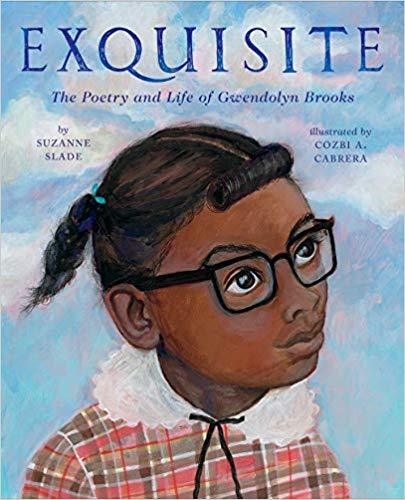

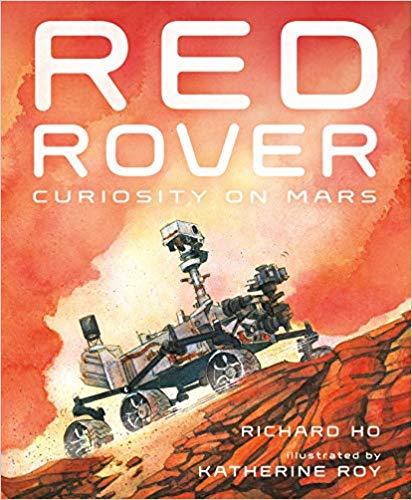
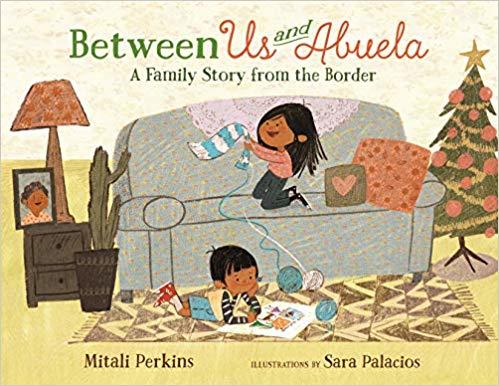
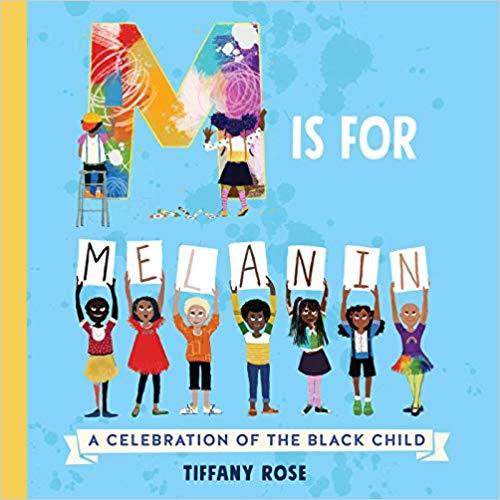
 Out APril 14th, 2020
Out APril 14th, 2020
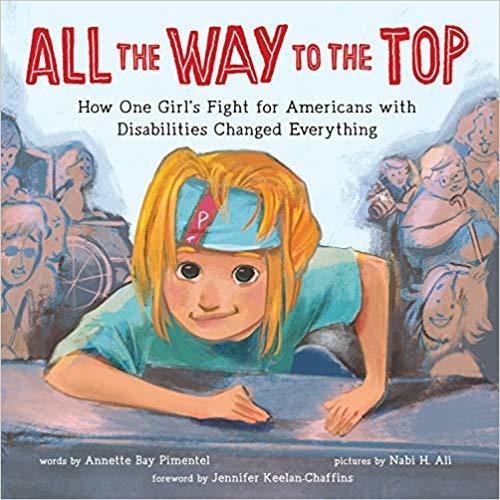 Out March 10th, 2020
Out March 10th, 2020
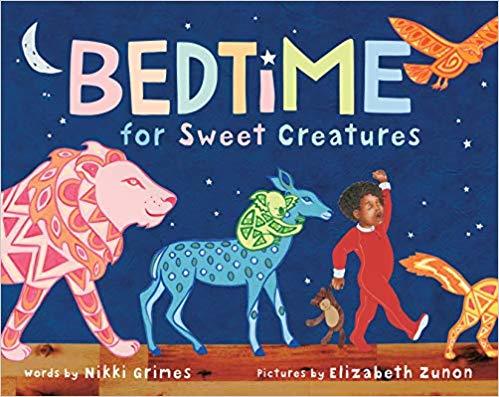 Out January 14th, 2020
Out January 14th, 2020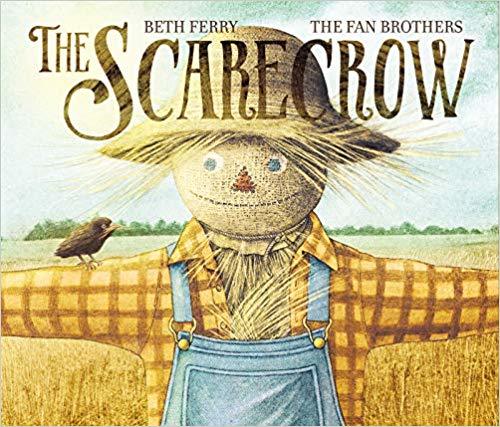

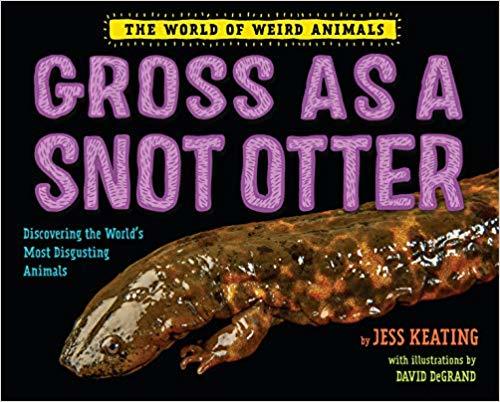
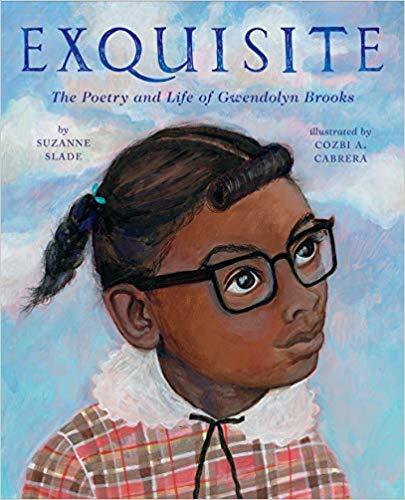 Out April 7th, 2020
Out April 7th, 2020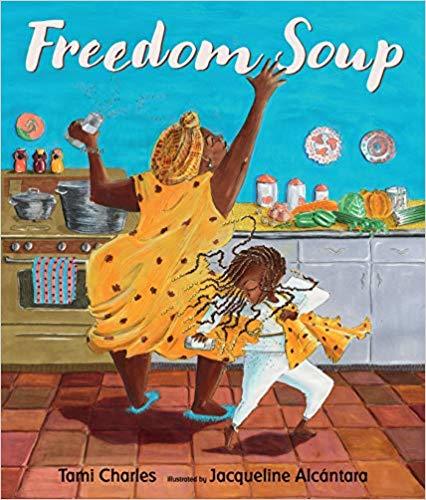





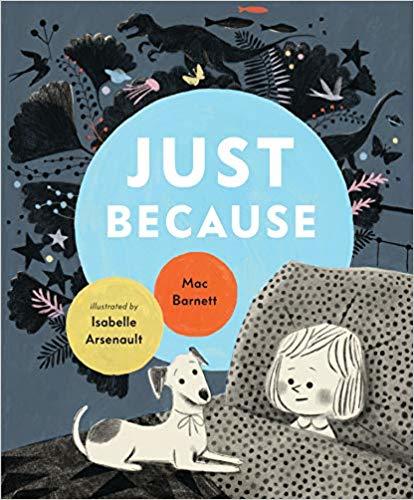
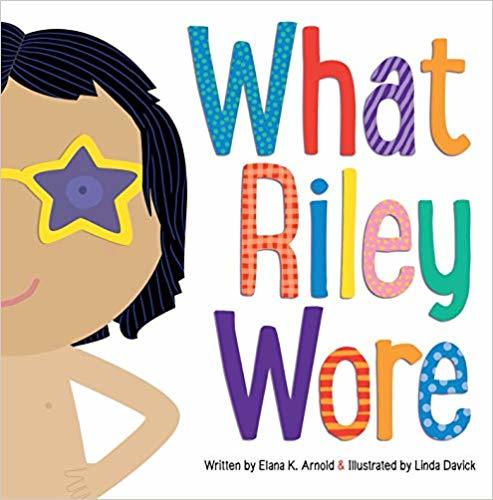


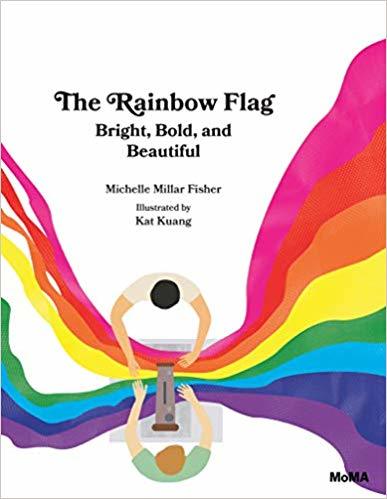



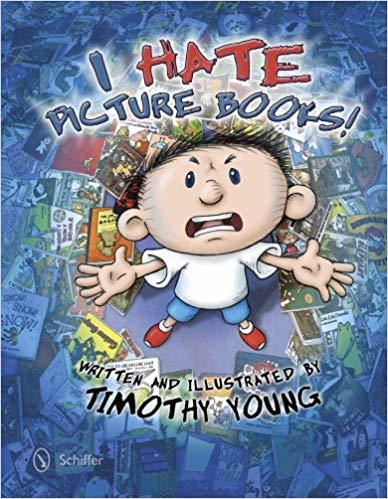
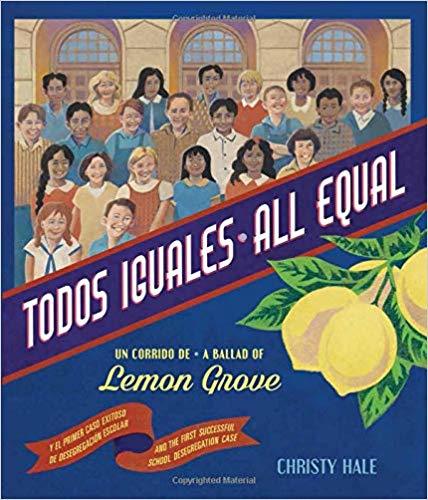
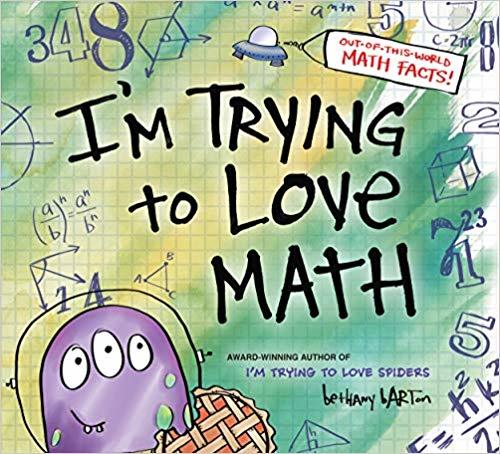
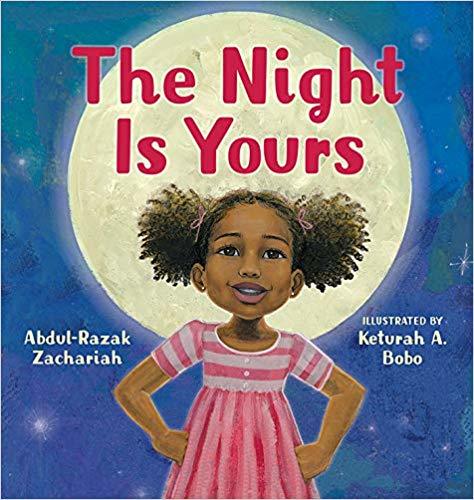
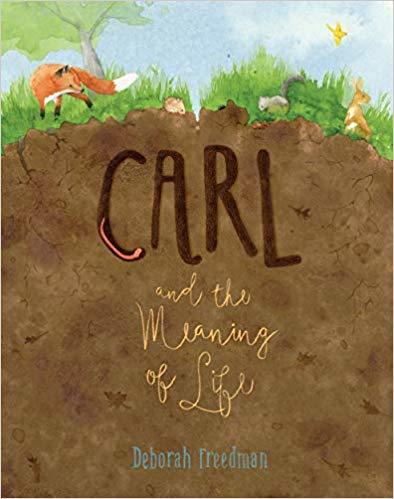
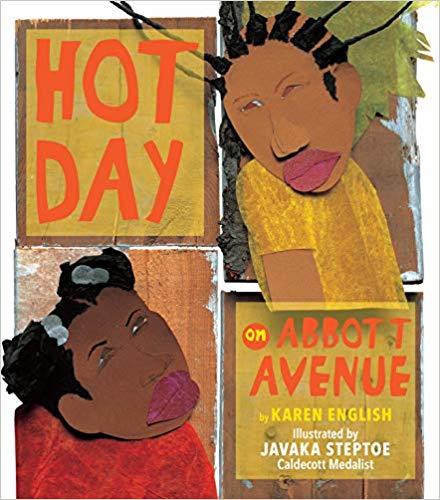
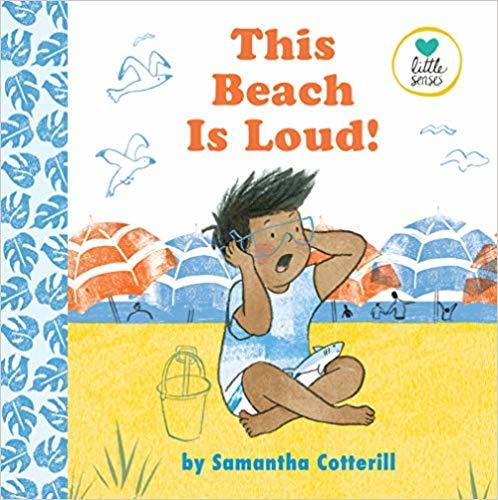

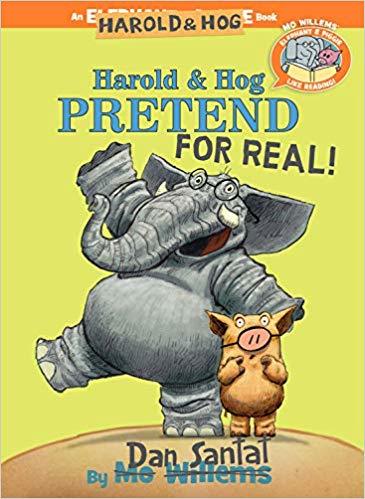

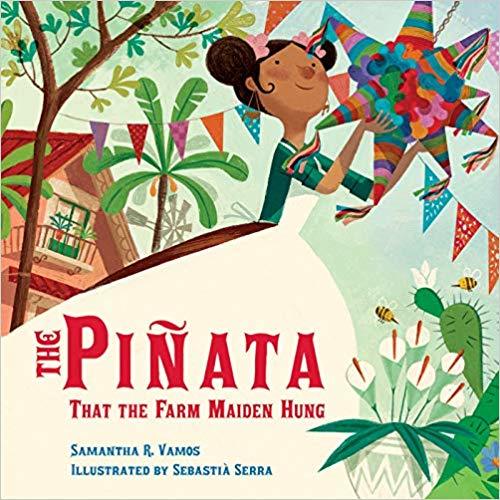
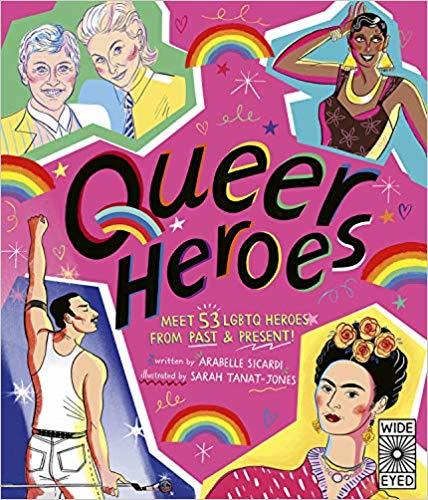
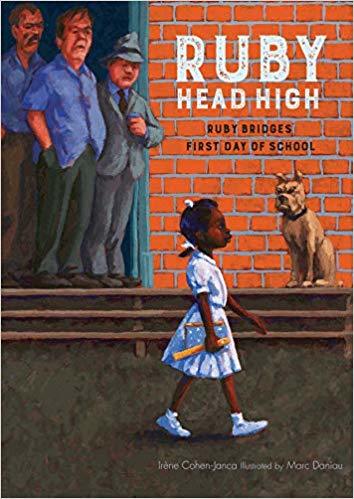

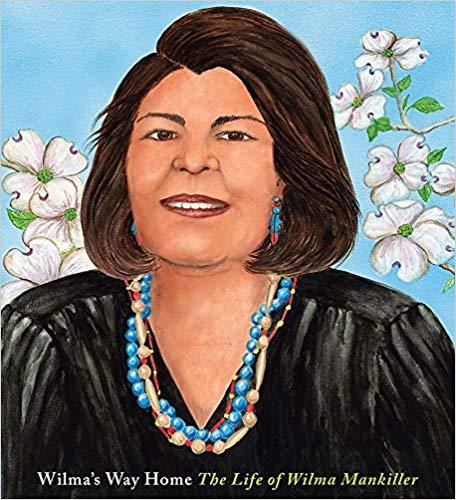

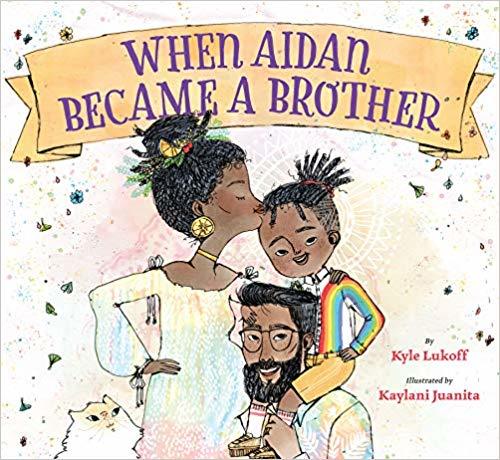

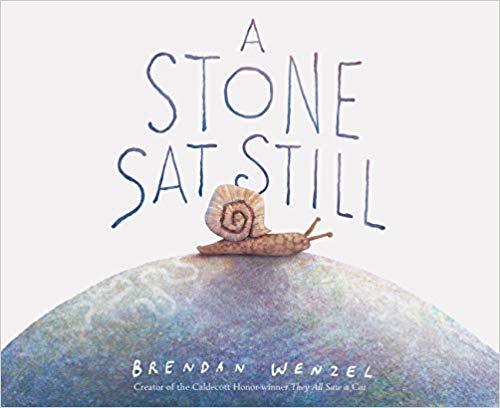
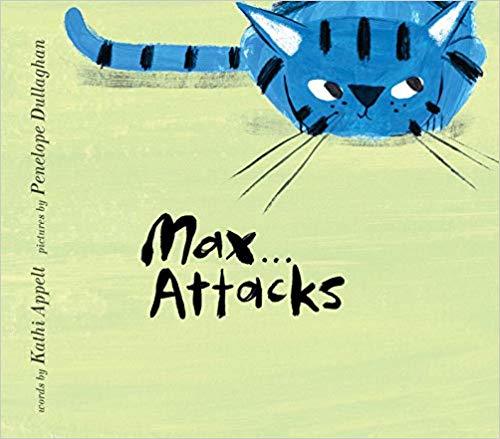
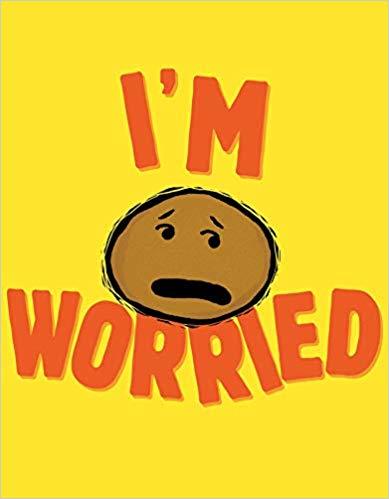
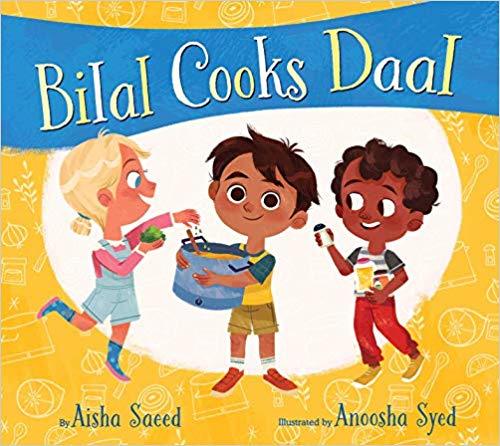
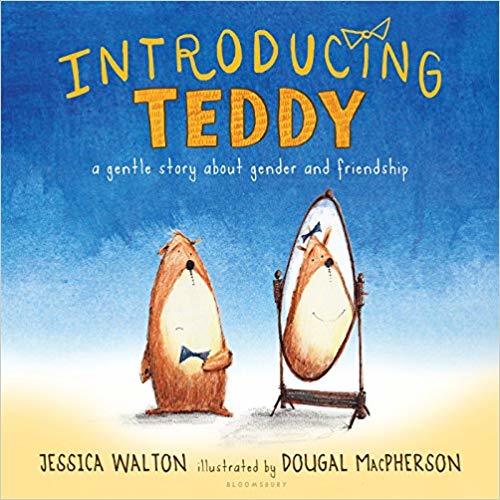

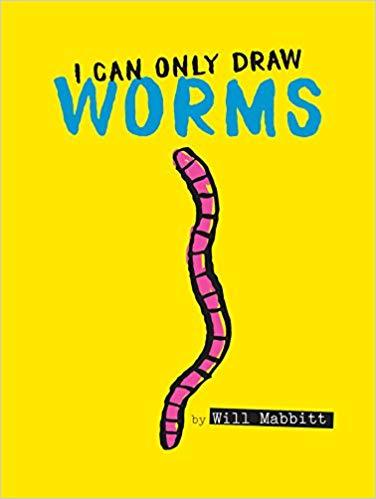
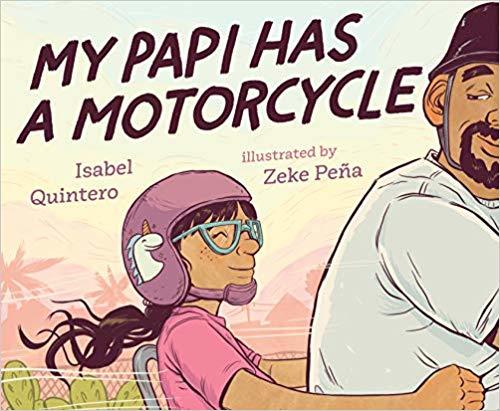
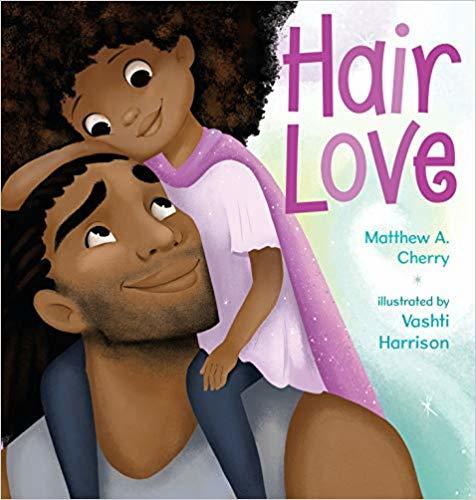

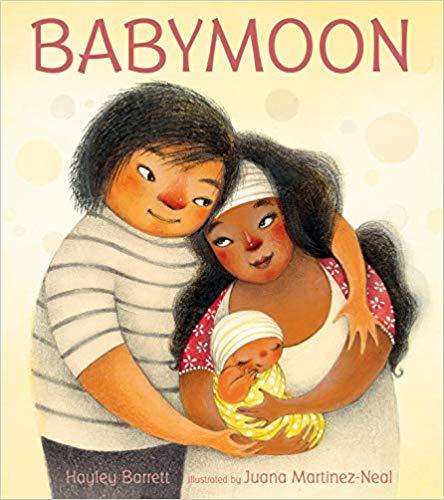
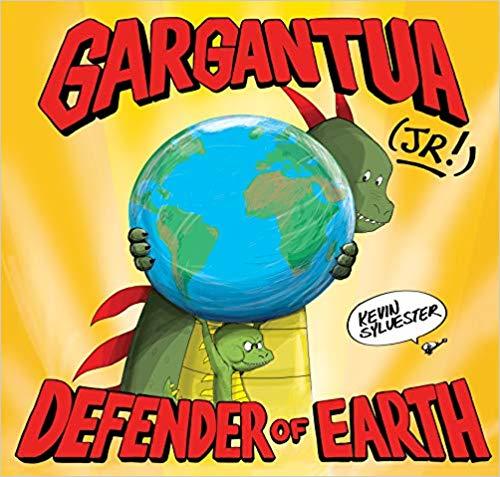
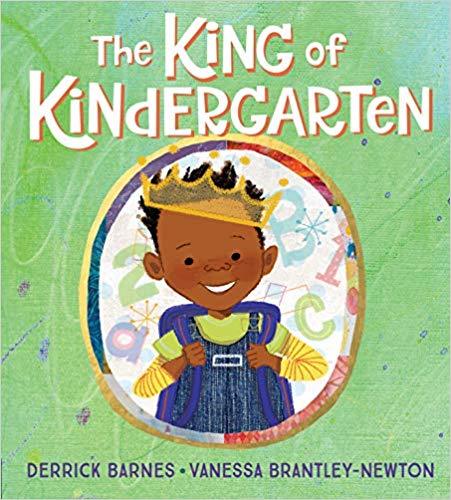
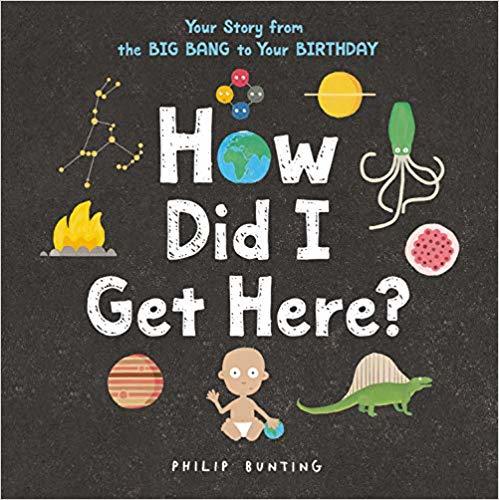
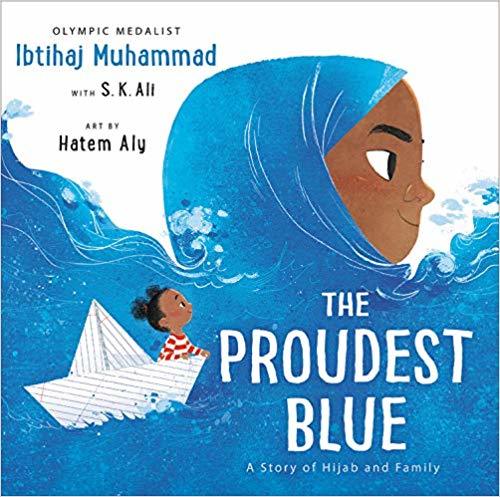
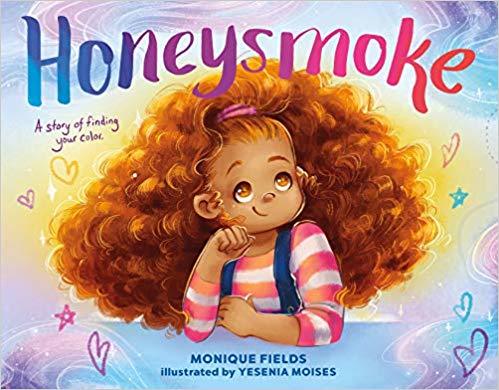
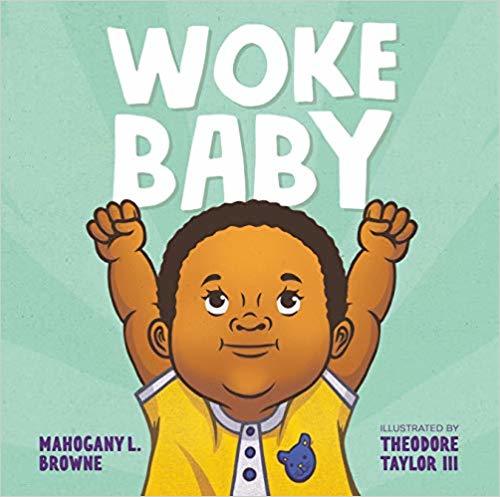
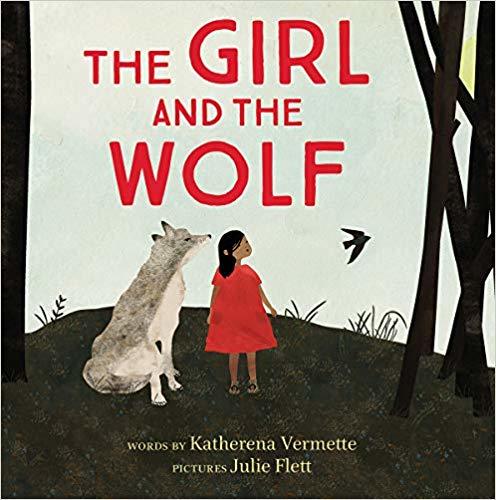

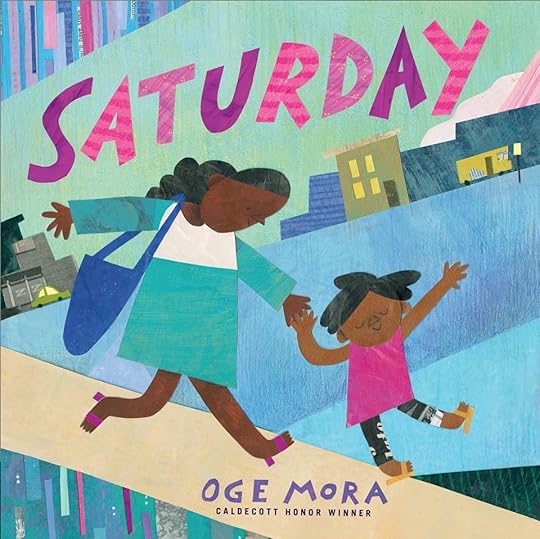
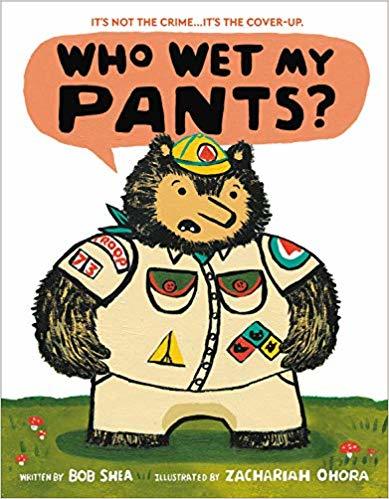

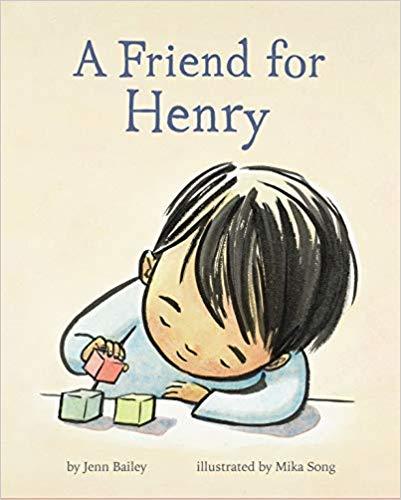
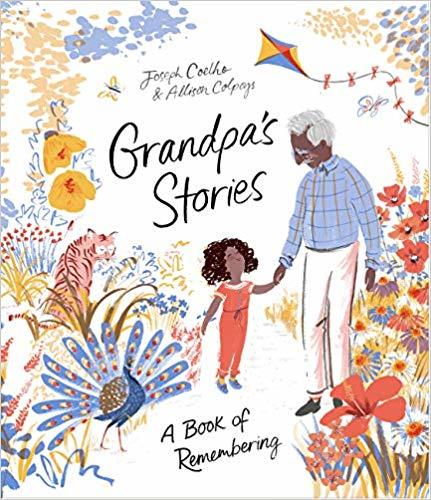



![The Bell Rang by [Ransome, James E.]](https://i.gr-assets.com/images/S/compressed.photo.goodreads.com/hostedimages/1560447799i/27664026.jpg)
Early Readers
 Cilla Lee-Jenkins Future Author Extraordinaire by Susan Tan and illustrated by Dana Wuelfekotte
Cilla Lee-Jenkins Future Author Extraordinaire by Susan Tan and illustrated by Dana Wuelfekotte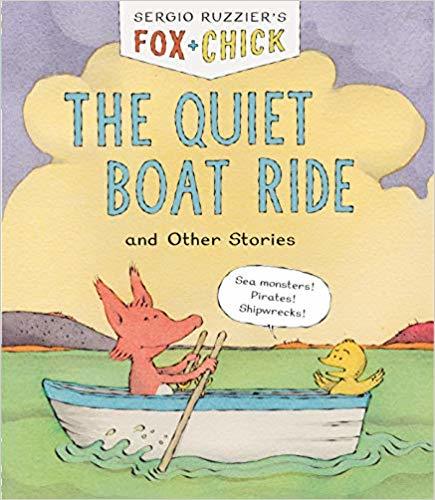 The Quiet Boat Ride and Other Stories by Sergio Ruzzie
The Quiet Boat Ride and Other Stories by Sergio Ruzzie I Lost My Tooth by Mo WIllems
I Lost My Tooth by Mo WIllems Out May 5th, 2020 – pre-order now!
Out May 5th, 2020 – pre-order now!Our Friend Hedgehog – The Story of Us by Lauren Castillo
Middle Grade
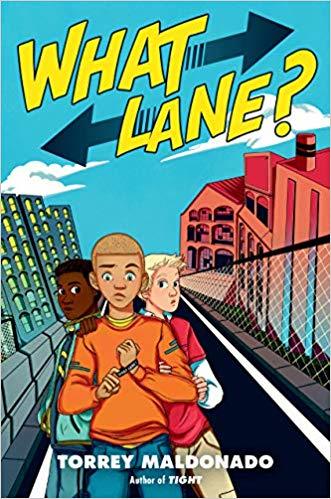 What Lane? by Torrey Maldonado
What Lane? by Torrey MaldonadoOut April 14th – Preorder now
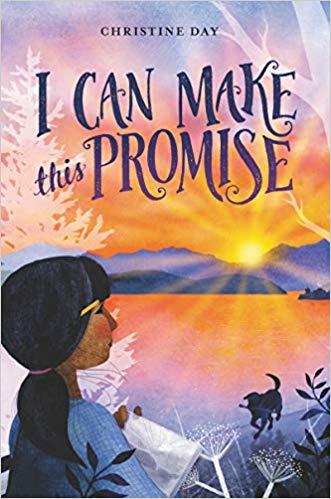 I Can Make this Promise by Christine Day
I Can Make this Promise by Christine DayGlobal Read Aloud contender for 2020
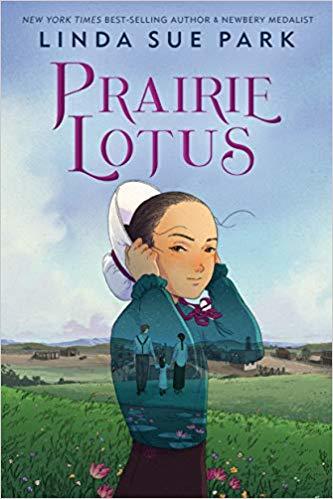 Out March 3rd, 2020 – pre-order now
Out March 3rd, 2020 – pre-order nowPrairie Lotus by Linda Sue Park
Global Read Aloud Contender 2020
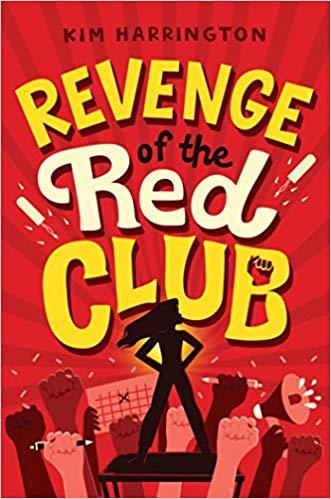 Revenge of the Red Club by Kim Harrington
Revenge of the Red Club by Kim Harrington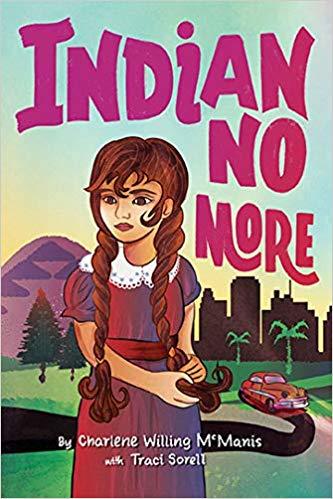 Indian No More by Charlene Willing McManis and Traci Sorell
Indian No More by Charlene Willing McManis and Traci SorellGlobal Read Aloud Contender 2020
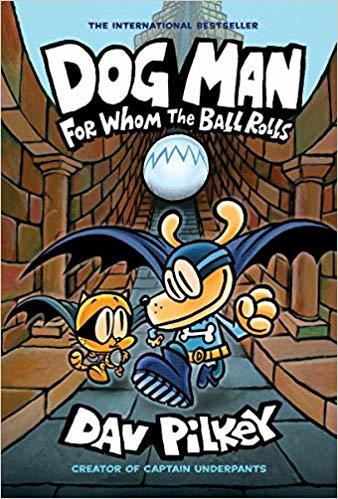 Dog Man For Whom the Ball Rolls by Dav Pilkey
Dog Man For Whom the Ball Rolls by Dav Pilkey Best Friends from Shannon Hale and LeUyen Pham
Best Friends from Shannon Hale and LeUyen Pham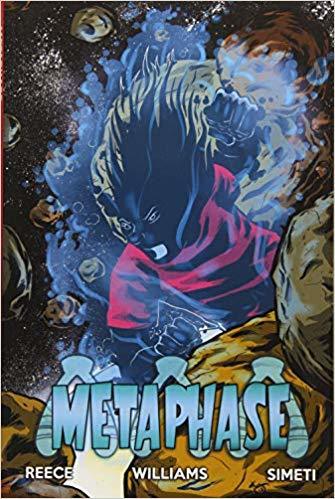 Metaphase by Reece, Williams, and Simeti
Metaphase by Reece, Williams, and Simeti Stargazing by Jen Wang
Stargazing by Jen Wang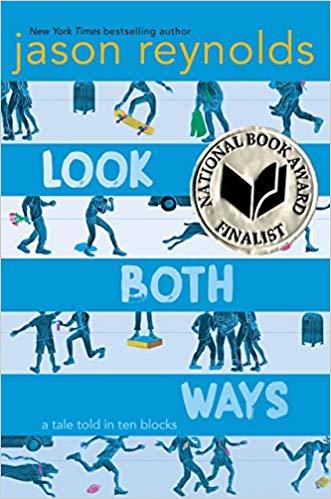 Look Both Ways by Jason Reynolds
Look Both Ways by Jason Reynolds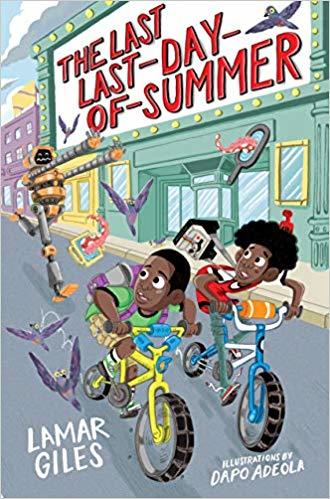 The Last-Last-Day-of-Summer by Lamar Giles
The Last-Last-Day-of-Summer by Lamar Giles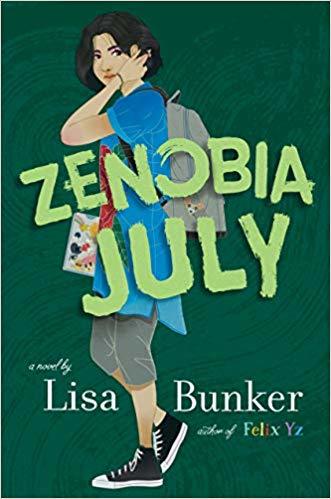 Zenobia July by Lisa Bunker
Zenobia July by Lisa Bunker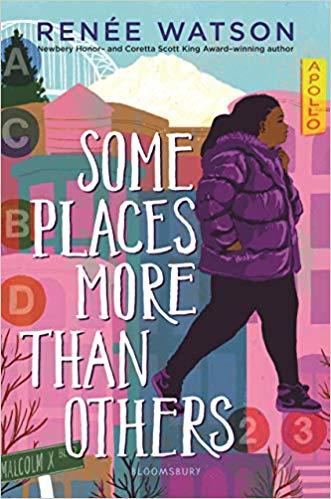 Some Places More than Others by Renee Watson
Some Places More than Others by Renee Watson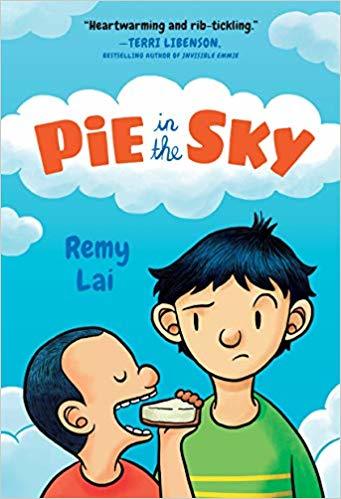 Pie in the Sky by Remy Lai
Pie in the Sky by Remy Lai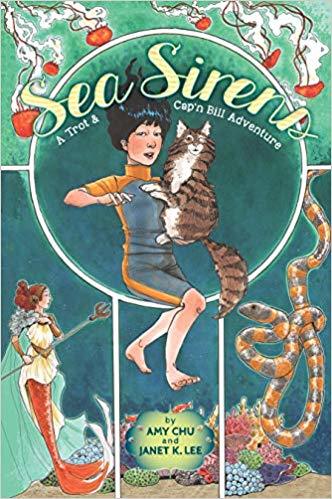 Sea Sirens by Amy Chu and Janet K. Lee
Sea Sirens by Amy Chu and Janet K. Lee For Black Girls Like Me by Mariama J. Lockington
For Black Girls Like Me by Mariama J. LockingtonGlobal Read Aloud Contender 2020
![Clean Getaway by [Stone, Nic]](https://i.gr-assets.com/images/S/compressed.photo.goodreads.com/hostedimages/1575893152i/28583082.jpg) Clean Getaway by Nic Stone
Clean Getaway by Nic StoneOut January 5th – preorder now
 Maybe He Just Likes You…by Barbara Dee
Maybe He Just Likes You…by Barbara Dee 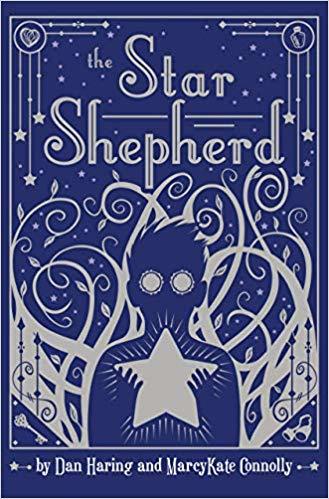 The Star Shepherd by Dan Haring and MarcyKate Connolly
The Star Shepherd by Dan Haring and MarcyKate Connolly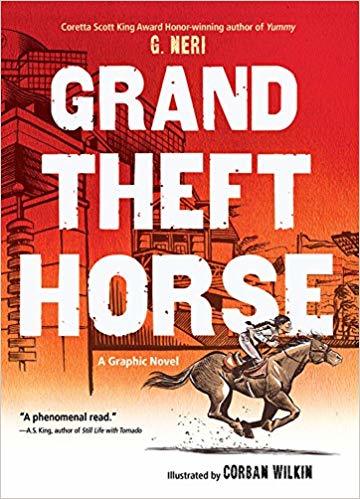 Grand Theft Horse by G. Neri and Corban Wilkin
Grand Theft Horse by G. Neri and Corban Wilkin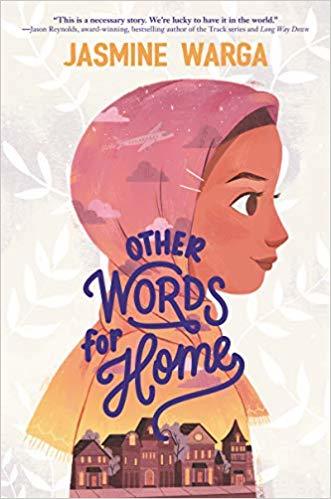 Other Words for Home by Jasmine Warga
Other Words for Home by Jasmine Warga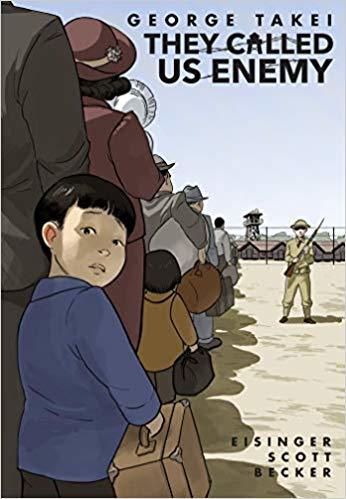 They Called Us Enemy By George Takei, Justin Eisinger, Steven Scott, and illustrator Harmony Becker
They Called Us Enemy By George Takei, Justin Eisinger, Steven Scott, and illustrator Harmony Becker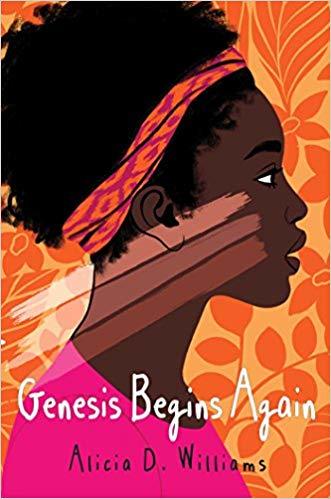 Genesis Begins Again by Alicia D. Williams
Genesis Begins Again by Alicia D. Williams The Crossover – Graphic Novel Adaptation by Kwame Alexander and Dawud Anyabwile
The Crossover – Graphic Novel Adaptation by Kwame Alexander and Dawud Anyabwile The Okay Witch by Emma Steinkellner
The Okay Witch by Emma Steinkellner Count Me In by Varsha Bajaj
Count Me In by Varsha BajajGlobal Read Aloud Contender 2020
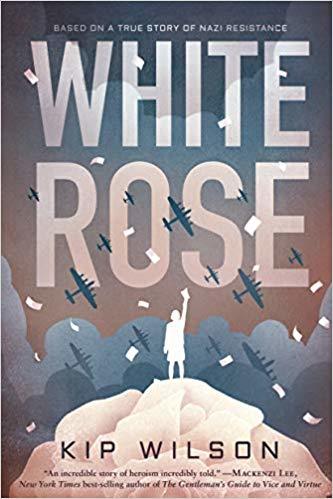 White Rose by Kip Wilson
White Rose by Kip Wilson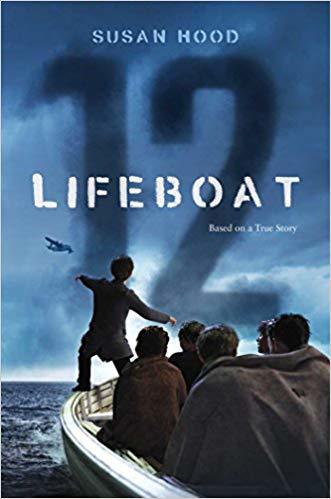 Lifeboat 12 by Susan Hood
Lifeboat 12 by Susan Hood The Paris Project by Donna Gephart
The Paris Project by Donna Gephart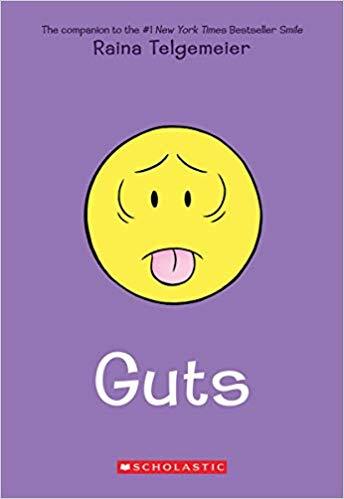 Guts by Raina Telgemeier
Guts by Raina Telgemeier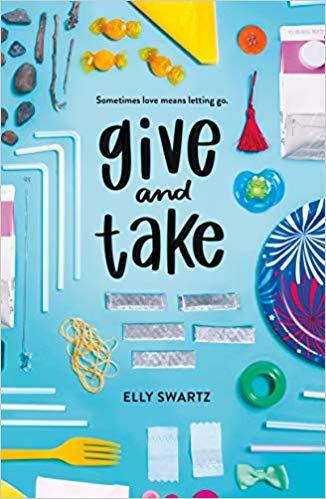 Give and Take by Elly Swartz
Give and Take by Elly Swartz My Jasper June by Laurel Snyder
My Jasper June by Laurel Snyder The Miscalculations of Lightning Girl by Stacy McAnulty
The Miscalculations of Lightning Girl by Stacy McAnulty Illegal by Eion Colfer and Andrew Donkin
Illegal by Eion Colfer and Andrew Donkin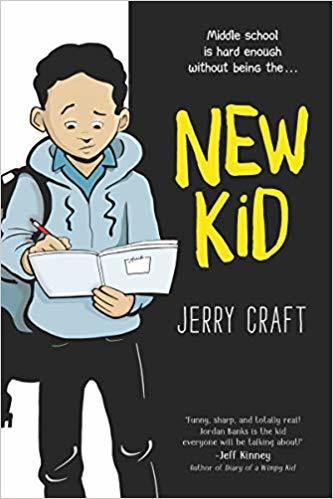 New Kid by Jerry Craft
New Kid by Jerry Craft Never Caught, The Story of Ona Judge: George and Martha Washington’s Courageous Slave Who Dared to Run Away by Erica Armstrong Dunbar and Kathleen Van Cleeve
Never Caught, The Story of Ona Judge: George and Martha Washington’s Courageous Slave Who Dared to Run Away by Erica Armstrong Dunbar and Kathleen Van Cleeve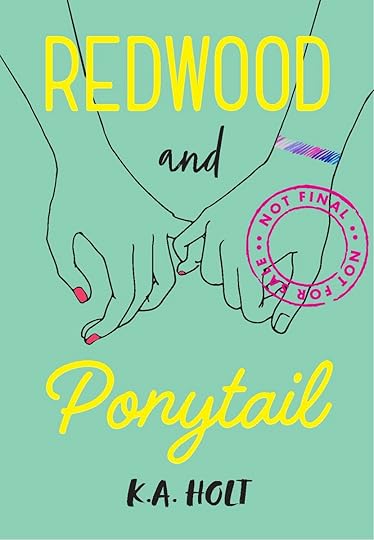 Redwood and Ponytail by KA Holt
Redwood and Ponytail by KA HoltYoung Adult
 Harley Quinn Breaking Glass by Mariko Tamaki and Steve Pugh
Harley Quinn Breaking Glass by Mariko Tamaki and Steve Pugh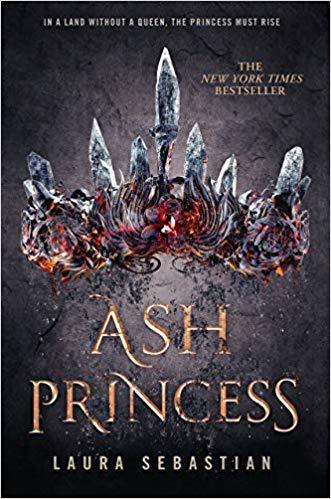 Ash Princess by Laura Sebastian
Ash Princess by Laura Sebastian The Toll by Neal Shusterman
The Toll by Neal Shusterman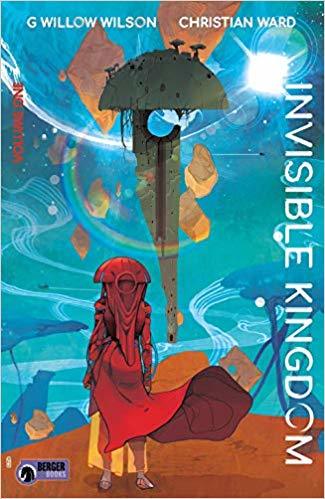 Invisible Kingdom by G Willow Wilson and Christian Ward
Invisible Kingdom by G Willow Wilson and Christian Ward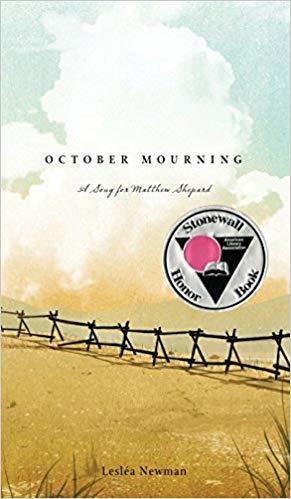 October Mourning – A Song for Matthew Shephard by Leslea Newman
October Mourning – A Song for Matthew Shephard by Leslea Newman Light as a Feather by Zoe Aarsen
Light as a Feather by Zoe Aarsen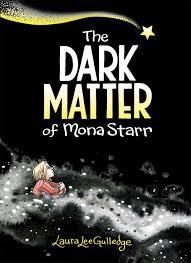 The Dark Matter of Mona Starr by Laura Lee Gulledge
The Dark Matter of Mona Starr by Laura Lee GulledgeOut April 7th – Preorder now
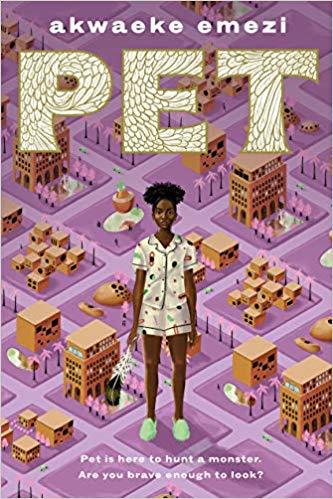 Pet by Akwaeke Emezi
Pet by Akwaeke EmeziGlobal Read Aloud Contender 2020
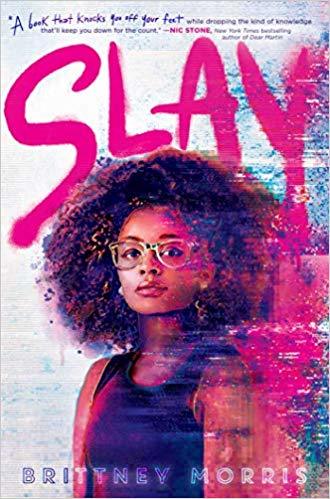 Slay by Brittany Morris
Slay by Brittany Morris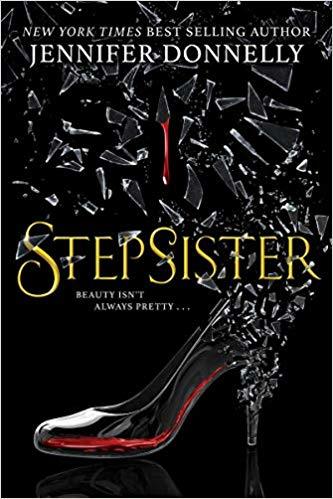 Stepsister by Jennifer Donnelly
Stepsister by Jennifer Donnelly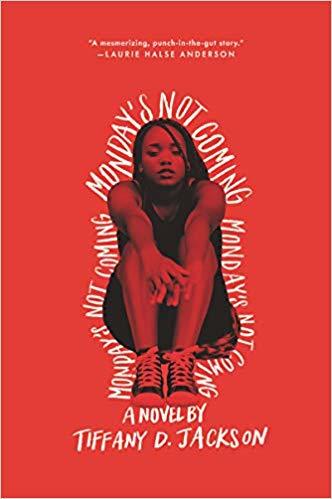 Monday’s Not Coming by Tiffany D. Jackson
Monday’s Not Coming by Tiffany D. Jackson The Silver Eyes: The Graphic Novel by Scott Cawthon and illustrated by Claudia Schroeder and Kira Breed-Wrisley
The Silver Eyes: The Graphic Novel by Scott Cawthon and illustrated by Claudia Schroeder and Kira Breed-Wrisley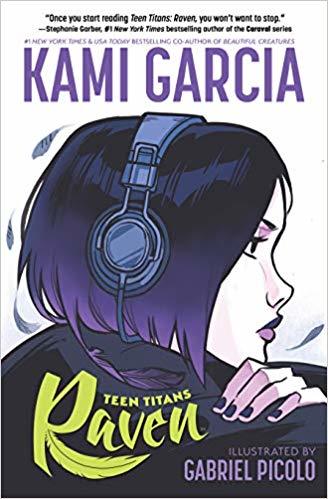 Teen Titans: Raven by Kami Garcia and Gabriel Picolo
Teen Titans: Raven by Kami Garcia and Gabriel Picolo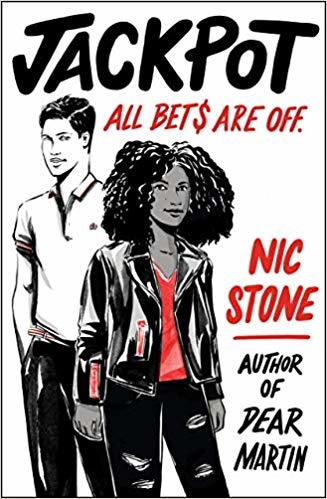 Jackpot by Nic Stone
Jackpot by Nic StoneGlobal Read Aloud Contender 2020
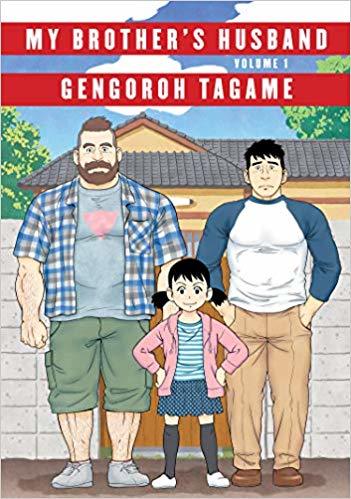 My Brother’s Husband by Gengoroh Tagame
My Brother’s Husband by Gengoroh Tagame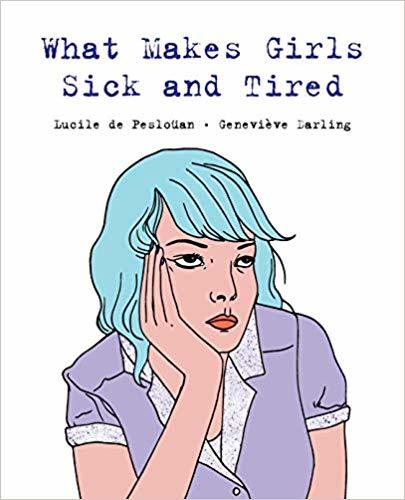 What Makes Girls Sick and Tired by Lucile de Pesluan and Genevive Darling
What Makes Girls Sick and Tired by Lucile de Pesluan and Genevive Darling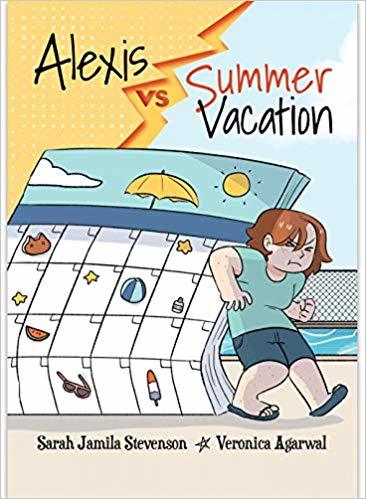 Alexis Vs. Summer Vacation by Sarah Jamila Stevenson and Veronica Agarwal
Alexis Vs. Summer Vacation by Sarah Jamila Stevenson and Veronica Agarwal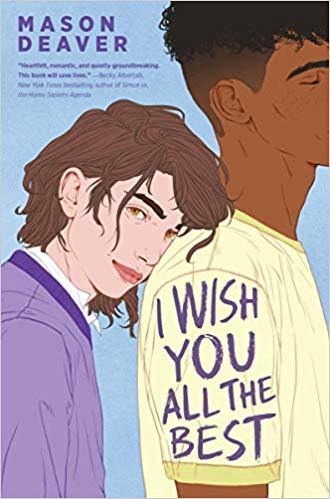 I Wish You All the Best by Mason Deaver
I Wish You All the Best by Mason Deaver I’m Not Dying With You Tonight by Kimberly Jones and Gilly Segal
I’m Not Dying With You Tonight by Kimberly Jones and Gilly Segal 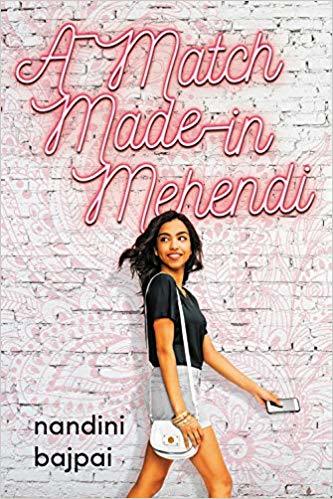 A Match Made in Mehendi by Nandini Bajpai
A Match Made in Mehendi by Nandini Bajpai This Mortal Coil series by Emily Suvada
This Mortal Coil series by Emily Suvada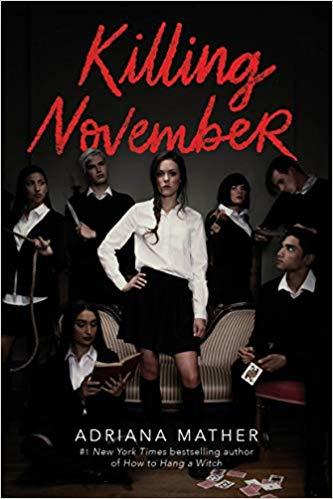 Killing November by Adriana Mather
Killing November by Adriana Mather Laura Dean Keeps Breaking Up With Me by Mariko Tamaki and Rosemary Valero-O’Connell
Laura Dean Keeps Breaking Up With Me by Mariko Tamaki and Rosemary Valero-O’Connell A Short History of the Girl Next Door by Jared Reck
A Short History of the Girl Next Door by Jared Reck With the Fire on High by Elizabeth Acevedo
With the Fire on High by Elizabeth Acevedo Pretend She’s Here by Luanne Rice
Pretend She’s Here by Luanne Rice Openly Straight by Bill Konigsberg
Openly Straight by Bill Konigsberg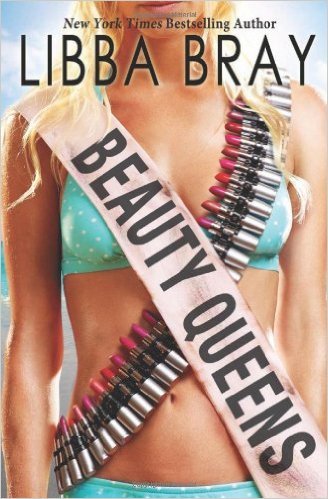

 Watch Us Rise by Renee Watson and Ellen Hagan
Watch Us Rise by Renee Watson and Ellen Hagan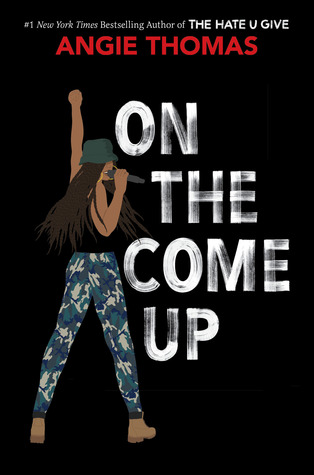 On the Come Up by Angie Thomas
On the Come Up by Angie Thomas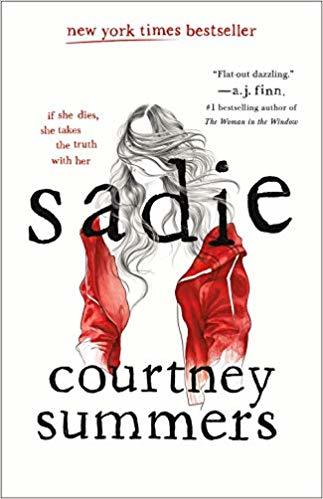 Sadie by Courtney Summers
Sadie by Courtney Summers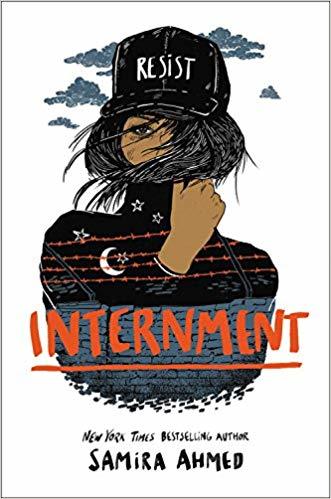 Internment by Samira Ahmed
Internment by Samira Ahmed The Nowhere Girls by Amy Reed
The Nowhere Girls by Amy ReedNon-Fiction
 Becoming by Michelle Obama
Becoming by Michelle Obama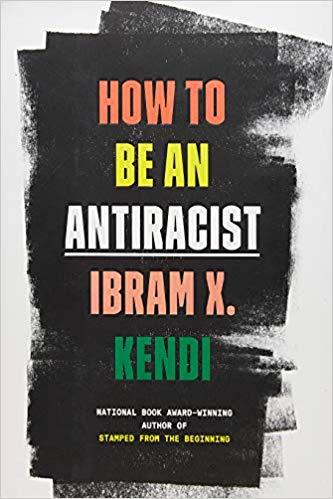 How to Be an AntiRacist by Ibram X. Kendi
How to Be an AntiRacist by Ibram X. Kendi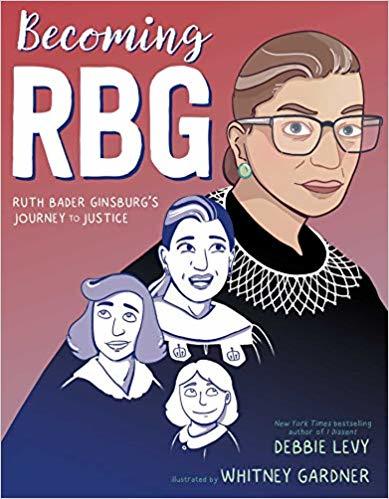 Becoming RBG by Debbie Levy and Whitney Gardner
Becoming RBG by Debbie Levy and Whitney Gardner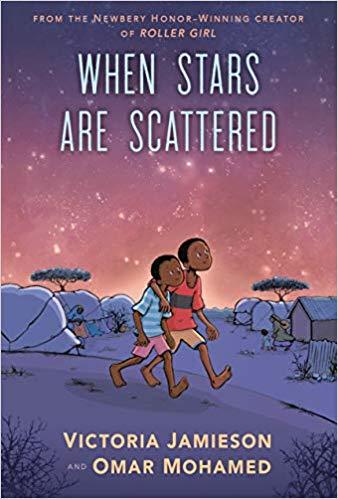 When Stars are Scattered by Victoria Jamieson and Omar Mohamed
When Stars are Scattered by Victoria Jamieson and Omar MohamedOut April 14th – pre-order now
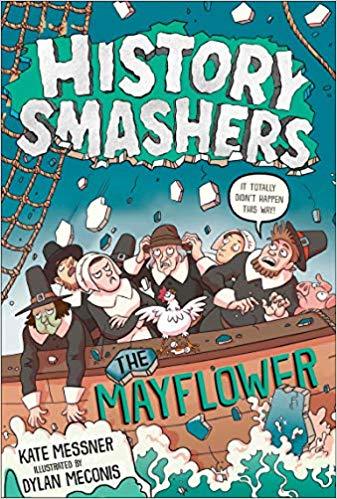 History Smashers – The Mayflower by Kate Messner and illustrated by Dylan Meconis
History Smashers – The Mayflower by Kate Messner and illustrated by Dylan Meconis Out July 7th, 2020 – pre-order now
 Kent State by Deborah Wiles
Kent State by Deborah WilesOut April 21st – pre-order now
 Dreams From Many Rivers by Margarita Engle and art by Beatriz Gutierrez Hernandez
Dreams From Many Rivers by Margarita Engle and art by Beatriz Gutierrez Hernandez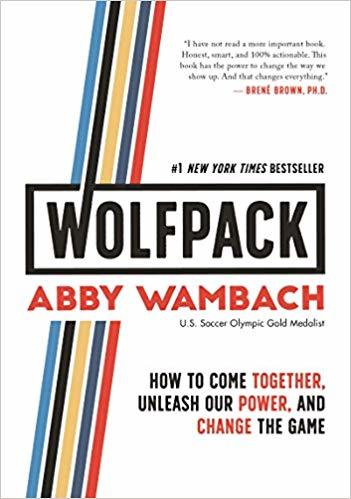 Wolfpack by Abby Wambach
Wolfpack by Abby Wambach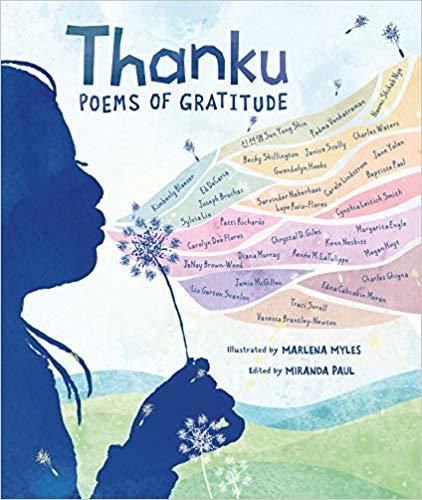
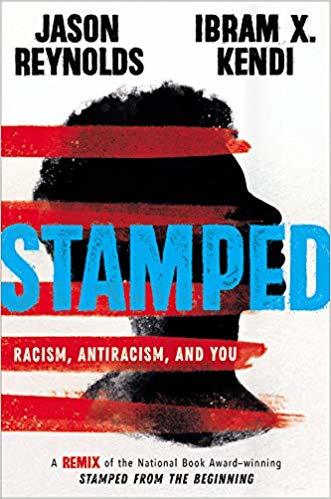 Stamped – Racism, Antiracism, and you by Jason Reynolds and Ibram X. Kendi
Stamped – Racism, Antiracism, and you by Jason Reynolds and Ibram X. KendiThis is the best book I have read all year
Out March 10th 2020 – pre-order now
Global Read Aloud Contender 2020
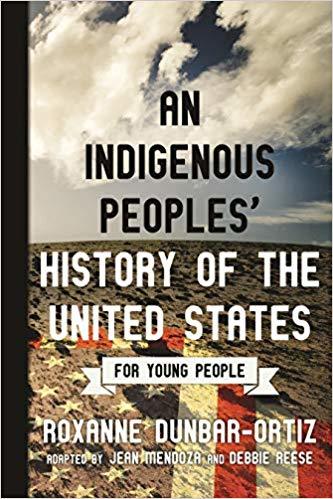 An Indigenous Peoples’ History of the United States for Young Peopleby Roxanne Dunbar-Ortiz adapted by Jean Mendoza and Debbie Reese
An Indigenous Peoples’ History of the United States for Young Peopleby Roxanne Dunbar-Ortiz adapted by Jean Mendoza and Debbie Reese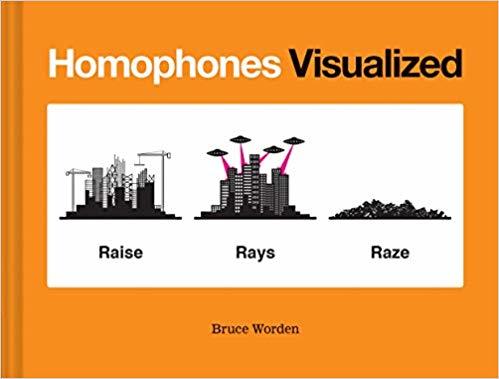 Homophones Visualized by Bruce Worden
Homophones Visualized by Bruce Worden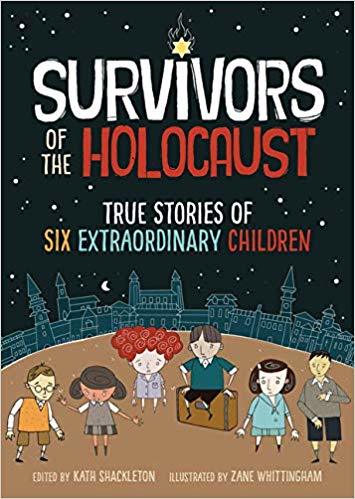 Survivors of the Holocaust: True Stories of Six Extraordinary Children by Kath Shakleton, Zane Whittingham, and Ryan Jones
Survivors of the Holocaust: True Stories of Six Extraordinary Children by Kath Shakleton, Zane Whittingham, and Ryan Jones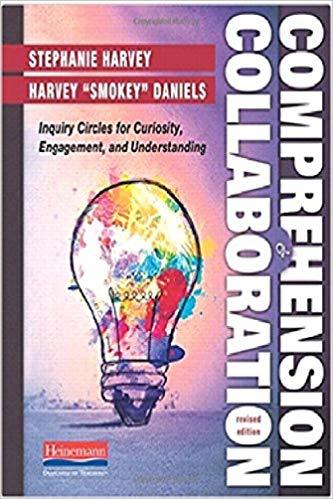 Comprehension & Collaboration by Stephanie Harvey and Harvey “Smokey” Daniels
Comprehension & Collaboration by Stephanie Harvey and Harvey “Smokey” Daniels White Kids – Growing Up With Privilege In A Racially Divided America by Margaret A. Hagerman
White Kids – Growing Up With Privilege In A Racially Divided America by Margaret A. Hagerman White Fragility: Why it’s so Hard for White People to Talk About Racism by Robin DiAngelo
White Fragility: Why it’s so Hard for White People to Talk About Racism by Robin DiAngelo Steal Like an Artist by Austin Kleon
Steal Like an Artist by Austin Kleon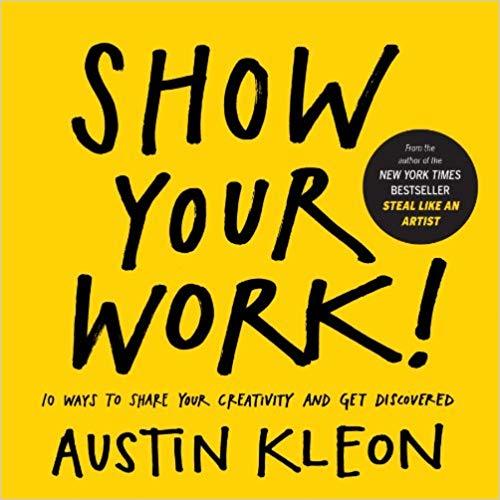 Show Your Work by Austin Kleon
Show Your Work by Austin Kleon
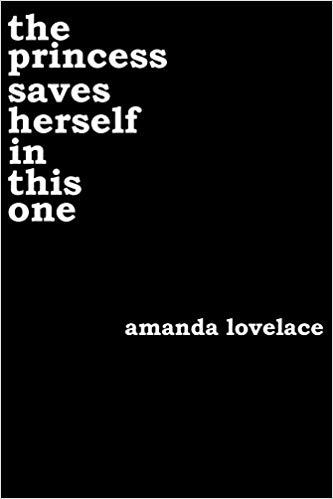 the princess saves herself in this one by Amanda Lovelace
the princess saves herself in this one by Amanda Lovelace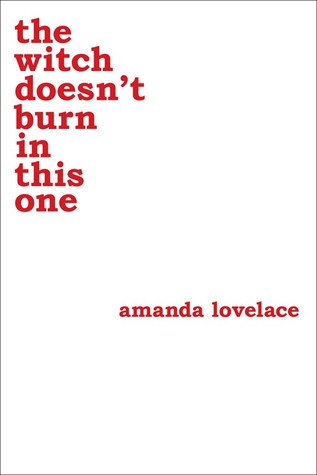 the witch doesn’t burn in this one by Amanda Lovelace
the witch doesn’t burn in this one by Amanda Lovelace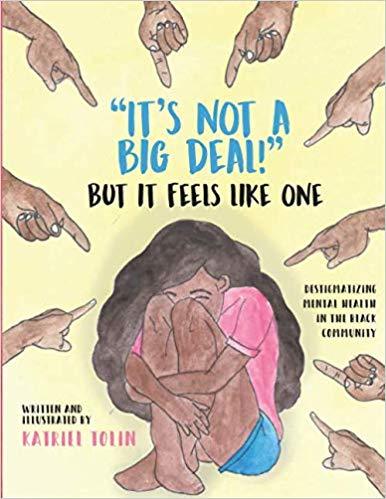 “It’s Not a Big Deal!” But It Feels Like One by Katriel Tolin
“It’s Not a Big Deal!” But It Feels Like One by Katriel Tolin Keep Going by Austin Kleon
Keep Going by Austin Kleon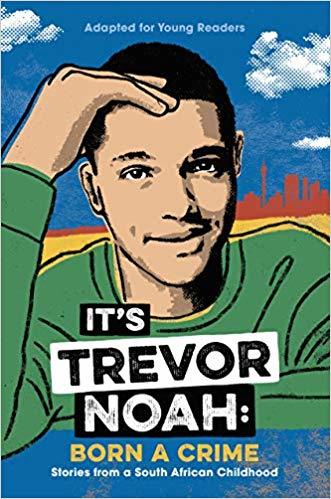 It’s Trevor Noah: Born a Crime by Trevor Noah
It’s Trevor Noah: Born a Crime by Trevor NoahGlobal Read Aloud Contender 2020
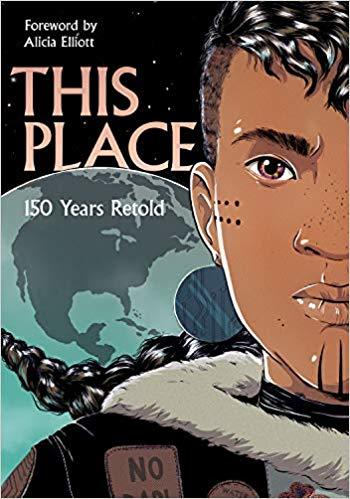 This Place: 150 Years Retold by a collection of authors and illustrators
This Place: 150 Years Retold by a collection of authors and illustrators Shout by Laurie Halse Anderson
Shout by Laurie Halse Anderson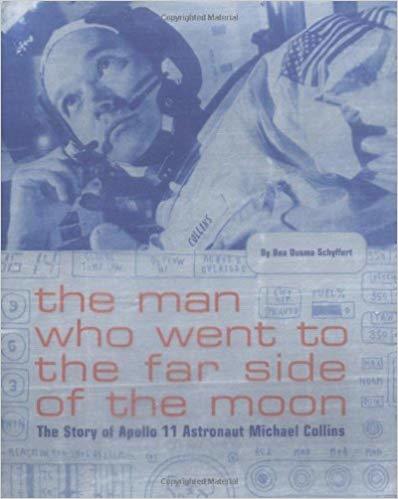 The Man Who Went to the Far Side of the Moon – The Story of Apollo 11 Astronaut Michael Collins by Bea Uusma Schyffert
The Man Who Went to the Far Side of the Moon – The Story of Apollo 11 Astronaut Michael Collins by Bea Uusma Schyffert Ordinary Hazards – A Memoir by Nikki Grimes
Ordinary Hazards – A Memoir by Nikki Grimes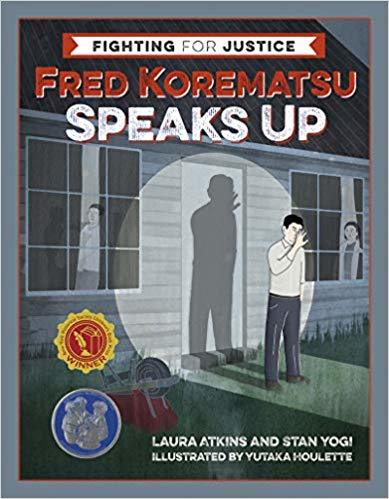 Fred Korematsu Speaks Up by Laura Atkins and Stan Yogi
Fred Korematsu Speaks Up by Laura Atkins and Stan Yogi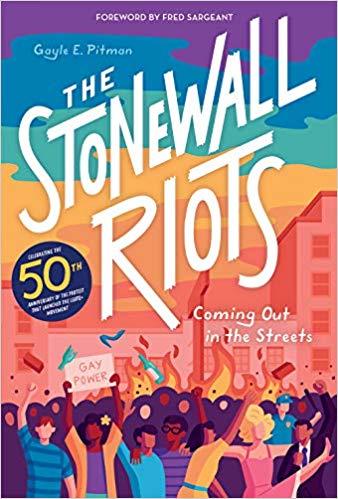 The Stonewall Riots: Coming Out in the Streets by Gayle E. Pitman
The Stonewall Riots: Coming Out in the Streets by Gayle E. Pitman Comprehensible and Compelling – The Cause and Effects of Free Voluntary Reading by Stephen D. Krashen, Sy-Ying Lee, and Christy Lao
Comprehensible and Compelling – The Cause and Effects of Free Voluntary Reading by Stephen D. Krashen, Sy-Ying Lee, and Christy Lao Why They Can’t Write by John Warner
Why They Can’t Write by John WarnerWhile the year is not over yet, this was another great year of reading. I continue to marvel at the strength of the books that come out, the broader marketing of better representative books – even though we still have so far to go – , and also the guts that our children’s’ authors and illustrators continue to have when it comes to what they tackle for kids. I am so grateful for all of these creators and the continued magic they provide us with. I also know I missed books this year, so what did I miss? What were your favorite must reads?
December 1, 2019
Embarking on a Year of Yes
December 1st…
Chocolate calendar opened. Candles burning bright. Christmas tree up and presents are starting to appear below it as we think back on the year that was and the look forward to the year that will be. To the year I turn 40, to the 10th year of this blog.
For the past year, I said no a lot, focusing on my family as my husband enters his final year of his education degree – I cannot wait for him to graduate in a year! As my kids settled into new routines, as we worked through another diagnosis for one of the children. No to anything extra that would take my focus away from my family, away from my classroom. And I loved it, mostly, it was wonderful to have time to breathe and time to re-prioritize. But…and there’s always a but. I missed out on great opportunities to learn. On meeting new people. On exploring new facest of my life that I otherwise would have grown from.
So with the blessing of my husband, I am embarking on a year of “yes.” On saying yes to as much as I can manage, on saying yes to new collaborations, to new adventures, to new learning. On saying yes when it feels like a great fit either personally or professionally. On saying “yes” when it feels as if I can help in some way.
While it will not be yes to everything, after all, I am only human and do not want to work all of the time, it will be a lot more yes than no, a lot more let’s try than no thanks. A time to perhaps write another book, to blog when I can, to learn as much as I can.
So this is my invitation to the world; whether it’s for collaboration, working with other teachers or speaking at a conference, whether it is trying a new idea, meeting new people, doing interviews or reflecting through something, whether it’s for friendship or some other thing, send your idea my way. Reach out, send an email, come say hi if our paths cross.
Welcome to the year of yes, I cannot wait to see what happens.
To contact me, please go here https://pernillesripp.com/about/
If you are wondering where I will be in the coming year or would like to have me speak, please see this page.. If you like what you read here, consider reading my latest book, Passionate Readers – The Art of Reaching and Engaging Every Child. This book focuses on the five keys we can implement into any reading community to strengthen student reading experiences, even within the 45 minute English block. If you are looking for solutions and ideas for how to re-engage all of your students consider reading my very first book Passionate Learners – How to Engage and Empower Your Students.
November 27, 2019
My Daughter Will Not Be Left Behind
Our daughter’s annual IEP meeting is coming up. It’s a big one, she is headed to middle school next year and this is the document that is meant to wrap her in protection. To make sure that she still gets the services that her numerous teachers have offered her through the years as we have watched her grow from barely reading to where she is now. It has been a long process, I have documented it on this blog, and yet the growth has been there because of the people who have seen her for more than a reading score. For more than a reading level. Who have sat with her, countless hours, and asked her to read, to explain, to try, and taught her new ways to look at the pages and find meaning. Who have seen her whole process as a reader as something to pay attention to, and not just her comprehension. Here as a human being. We owe so much to the teachers that have had her in their care. Who, like us, know and believe that the best we can do for kids who are vulnerable in their learning is to put highly qualified professionals in front of them in order to see the child and not just the disability, the lack of, the less than. To keep their dignity and humanity at the center of all of our work.
So imagine our surprise when we were told that in middle school her reading growth would be measured using Lexile. A computer test will test her throughout the year and progress will be reported to us this way. After we made sure we heard correctly, we told them that that would not be acceptable. We know our rights as parents when it comes to an IEP. Her meeting is next week, I know we will come to a solution with her team because that’s how they are.
And yet, what about all those kids who do not have someone fighting for them? Who do have people fighting but no one listens? Whose parents or caregivers are not even invited into those conversations because our assumptions about them have shut the door? Whose parents or caregivers do not know why Lexile is problematic? Why trusting a computer to spit out a test score is problematic? Why basing a child’s reading instruction which inevitably becomes part of their (reading) identity on what a computer test tells you is problematic? Why, once again, removing experts, trained professional, from the equation is problematic? Why reducing a child to a score is problematic?
And it keeps happening to our most vulnerable kids. The kids we worry about and then have no problem putting in front of a computer who will not understand the nuances of their thinking, the way they reached an answer, or even give them enough time to think about it. But sits there, waiting for an algorithm to be complete, in order to supposedly tell us everything we need to know. And we base our instruction on this? And we base our assumptions on this?
We are in the business of human beings and yet how often do we, educators, say yes, or are forced into, instructional components that have nothing to do with valuing children as people. Education says yes to the easy. Education says yes to the packaged. Education says yes to the computer. To the limitations. To the less-than-equal instruction, because it might save us time, it will make us more efficient, it will make us all achieve, but it doesn’t. Because the kids who continue to strive are left behind while we pour our human resources into the kids that can.
My daughter will not be left behind. She will not be left behind a computer screen. Or behind layers of inequity that would rather dehumanize her than provide equity in the deepest way we can; human power, human potential. Because we will fight. But it’s not enough for me as a parent to just fight for her. Because this is a story that plays out loudly in so many places. How else can we mobilize and try to break the cycle of inequity that has always been a part of our system? That has always been based on creating further inequalities and separating the kids who can from the kids who can’t. A system that continues to protect those whose circumstances allow them access to more opportunities, better opportunities, and offer nothing but band-aids to the kids who need so much more than that. And I am supposed to be okay with that.
On Monday, we meet and while I will gladly pull out research and offer alternatives, I also know that it won’t be a hard fight, not for me, because of my privilege as a white, college-educated, middle-class woman. Because of the quality of educators our daughter is surrounded by. But it shouldn’t have to be that way. I shouldn’t be able to game the system because of what I know. I shouldn’t have to raise red flags when those flags should have been raised before the program was even purchased. Before the first child was placed in front of that test. We owe to all our kids to do better. To fight and break the continued systems of oppression who function alive and well within our educational system. Which have created a system that can predict who will succeed before they even show up.
Right now, it’s my daughter who’s on the line, my miracle, but it could just as easily be any other child.They all deserve better.
If you are wondering where I will be in the coming year or would like to have me speak, please see this page.. If you like what you read here, consider reading my latest book, Passionate Readers – The Art of Reaching and Engaging Every Child. This book focuses on the five keys we can implement into any reading community to strengthen student reading experiences, even within the 45 minute English block. If you are looking for solutions and ideas for how to re-engage all of your students consider reading my very first book Passionate Learners – How to Engage and Empower Your Students.
November 23, 2019
Stepping Into Inquiry – How to Use Google Search Better and Whose Voices are Missing?
Note: This is a continuation of the blog series I am doing detailing the work I am doing with students in an inquiry project into how to research better. The first post detailing the set-up and our first module, How to Write an Inquiry Question, can be found here.
Module 3 was a big one for us, spread over two days, not so much for the tips on how to use Google Search better although they were helpful, but more because we wanted our students to think about the types of sources they were finding, as well as whose voice was missing from their sources, so they could consider the impact of those missing voices.
This question; whose voices are missing, is a question we center our work around all year. Throughout the year, I have been actively trying to expand students’ historical knowledge of the world using an “overlooked history” segment every Friday for discussion and reflection, as well as spending a lot of time selecting the media that our students will be immersed in, in order for them to experience as many voices as we can. So we knew that searching for reliable sources to use would be a brilliant opportunity to put this more into their hands as our students don’t automatically consider whose voices they are using an dhow that will impact the knowledge they gain and the direction they take.
There are so many tips for how to use Google Search better, many can be Googled, so we wanted to introduce just a few that would potentially limit their results and bring them more specific results. We watched a video together that discussed some of the limiters, I didn’t love it and will probably search for a better video for next year. The students continued to practice their note-taking skills along with the video and then I walked them through a search so they could see how my results changed.
The limiters we decided to focus on were:
Using quotation marks for an exact phraseUsing boolean operators.Eliminating unnecessary words.Excluding words.Including year range.and using specific sites to limit their search – this one we just showed but didn’t expect them to use.
Then they started their work in their student slides (note, there are duplicate slides in here because I was out with sick kids and so they worked through slides I would have taught otherwise). We wanted them to specifically consider:
What they actually were searching for, so to clarify their inquiry question.Which types of sources they would search for, we reminded them that video, infographics, and podcasts can also make for excellent resources.We discussed the difference between primary and secondary sources in order for them to think of whose voices they should be listening to.Then led a specific conversation about whose voices they would search for urging them to think of how someone’s perspective is going to change based on many factors such as their economic situation.
Once they had found the sources they wanted to use, they needed to consider whose voices were being represented so they could think of whose voices were missing. You could see a lot of aha moments here as students considered their sources and how they were incomplete. Then they had to consider whose voices they needed to add as well as the the impact those missing voices would have on their research. Honestly, this is the largest point I wanted students to walk away; getting to think about whose voice holds power and who is not represented. My teaching slides for day two had introduced this concept more fully and many students were spot on in theirintial analysis of whose voices were missing and why they needed to find better sources.
For my 2nd day of teaching, I had specific discussion points about changing perspective and why it is so vital we recognize our limitations of what we know and then try to learn more. This was a great discussion supported by the teaching slides and set them up for further work within their own slides.
Reflection Back
I am still pondering what I need to change as there were many things I liked and some I didn’t. Like I said, I need to find a better video for them to take notes on. We also had our small groups work together on one inquiry question and find sources together for that question, but I don’t love how that limits their choice when it comes to what they are pursuing. Some of the limiters were not particularly helpful and actually increased their results rather than decreased them. But the conversation about perspective, missing voices, and the impact it will have on our knowledge were powerful and will be continued throughout the year because the few days of work we did around it here is simply not enough. It was a taste and something I am still actively working through as an adult.
The one area I want to work on through discussion is why we should be worried about whose voices are given authority and how power is given to certain voices and not others. While I touched on it, it was not enough (I am not sure what “enough” would look like), so I am mulling over how this can be added further.
Note: The unit after this was a lesson on how to use databases led by our librarian so I will not be sharing those slides as they are not mine to share.
After that came another big one: How to check reliability using the CRAAP method.
If you are wondering where I will be in the coming year or would like to have me speak, please see this page.. If you like what you read here, consider reading my latest book, Passionate Readers – The Art of Reaching and Engaging Every Child. This book focuses on the five keys we can implement into any reading community to strengthen student reading experiences, even within the 45 minute English block. If you are looking for solutions and ideas for how to re-engage all of your students consider reading my very first book Passionate Learners – How to Engage and Empower Your Students.



